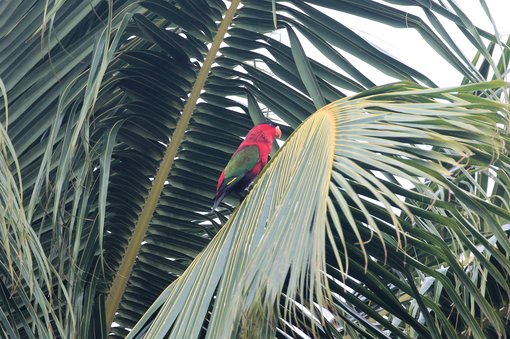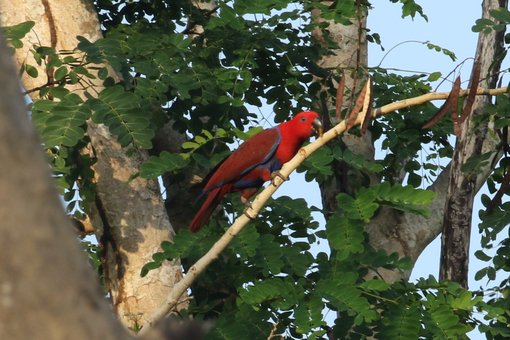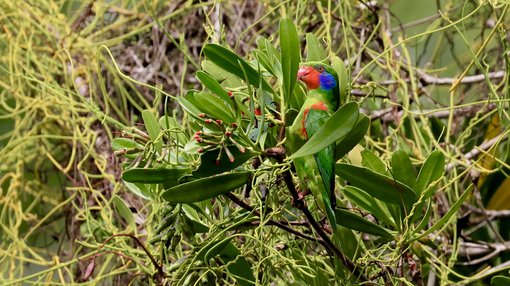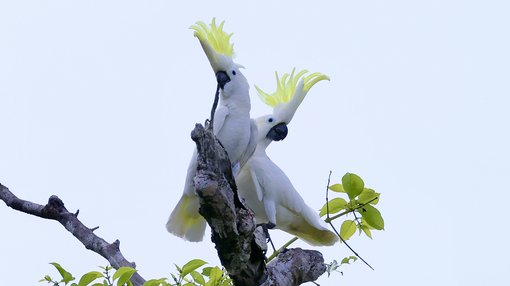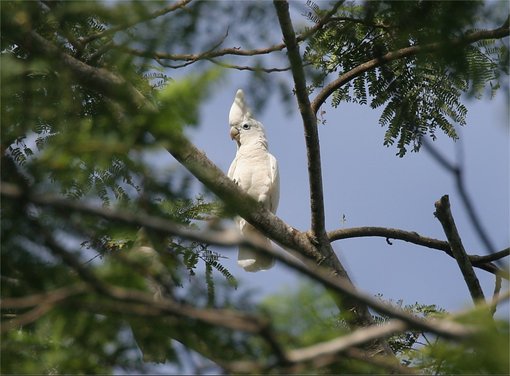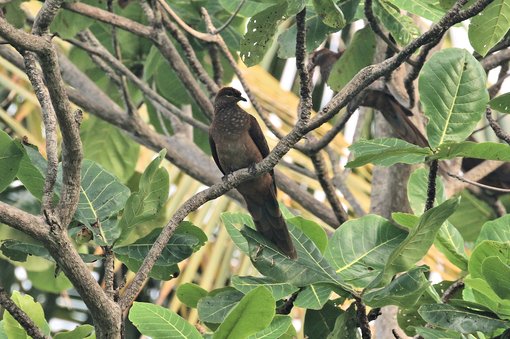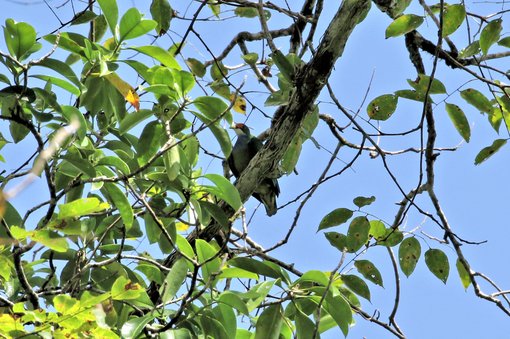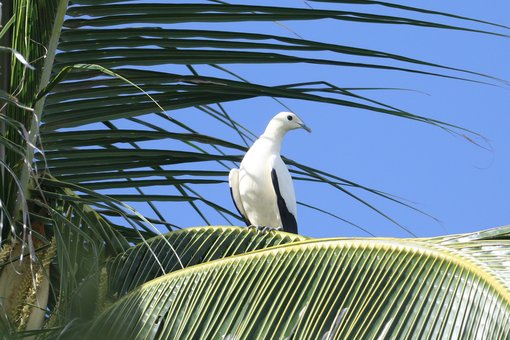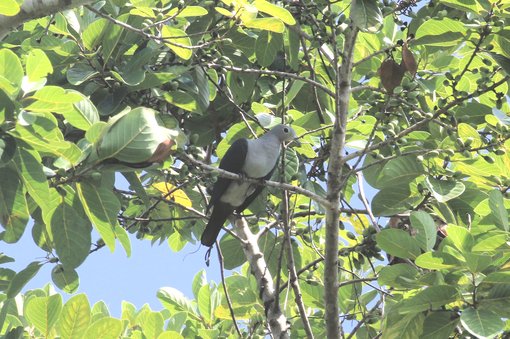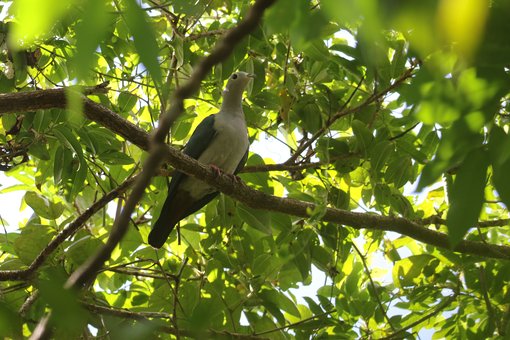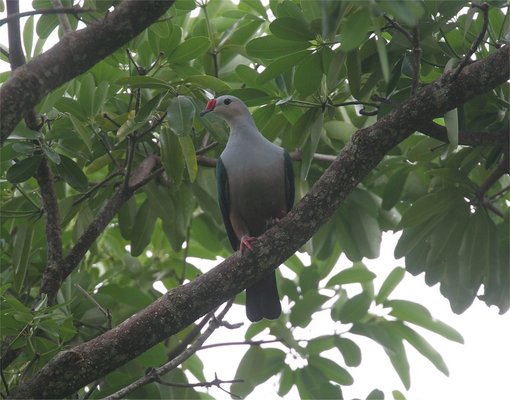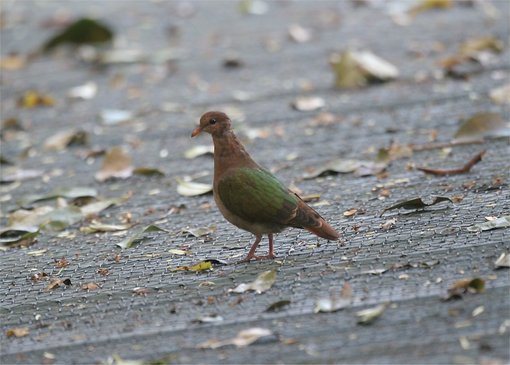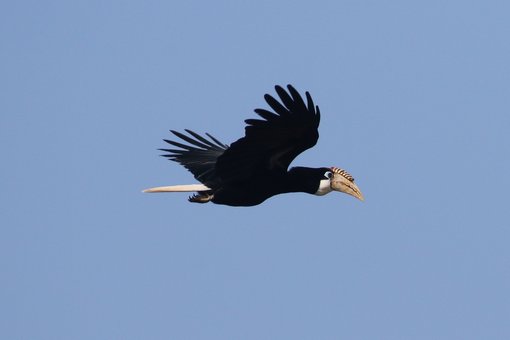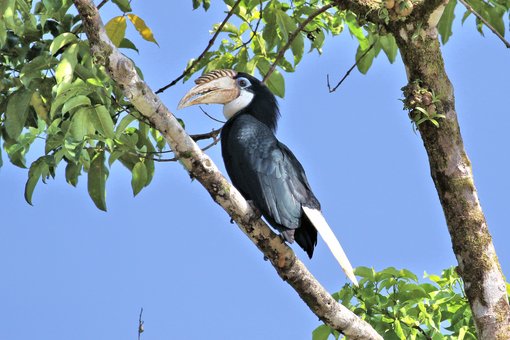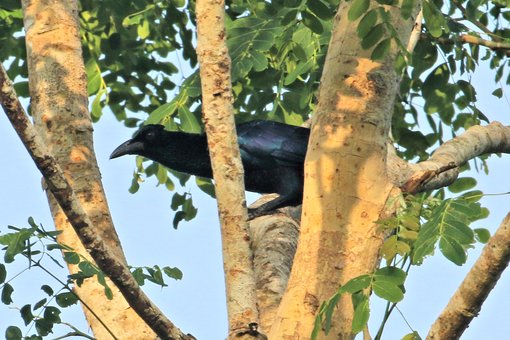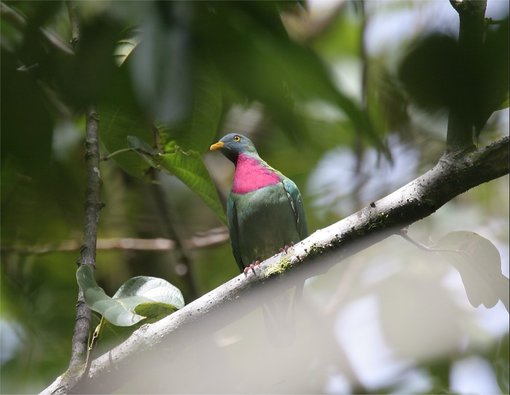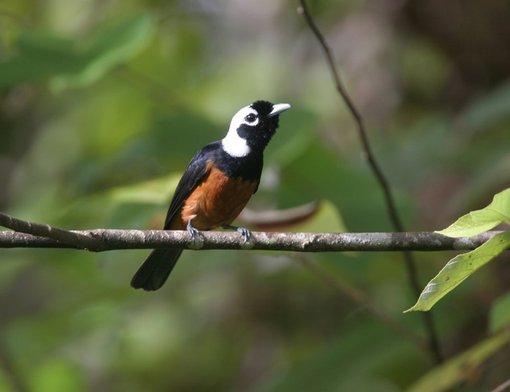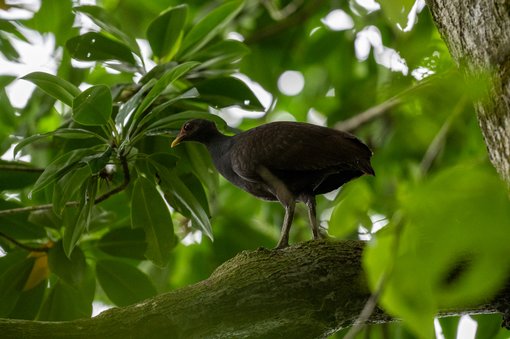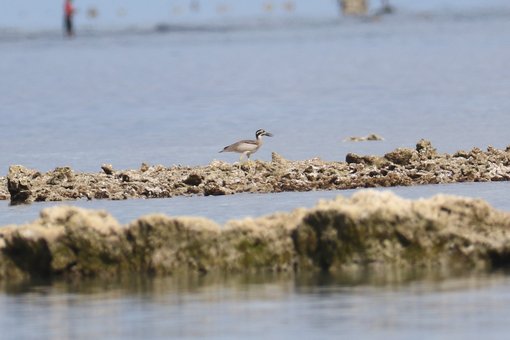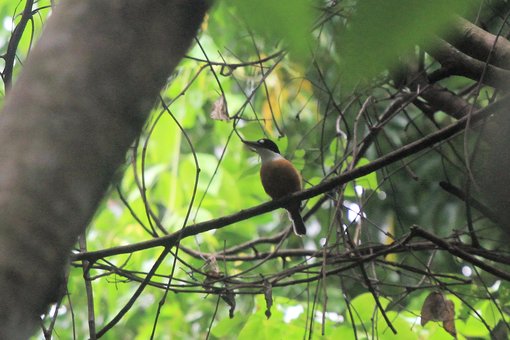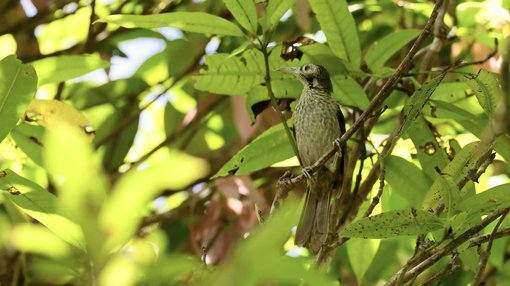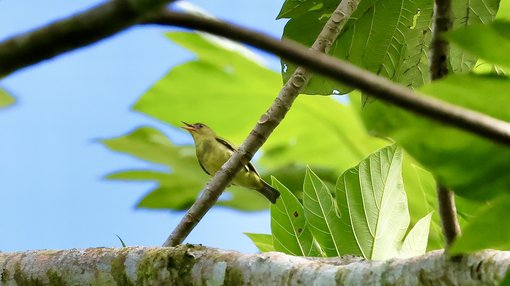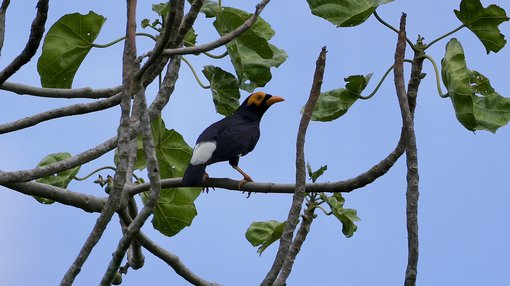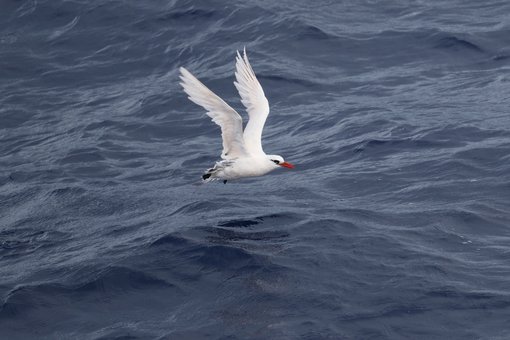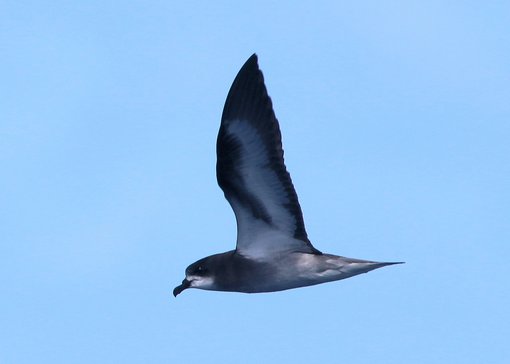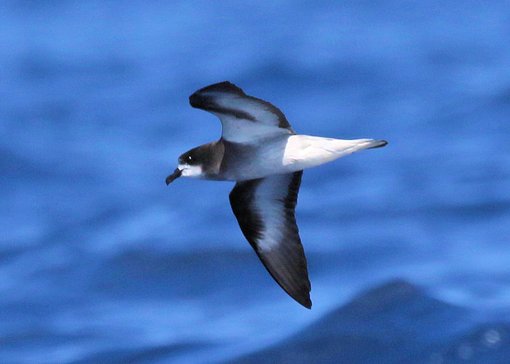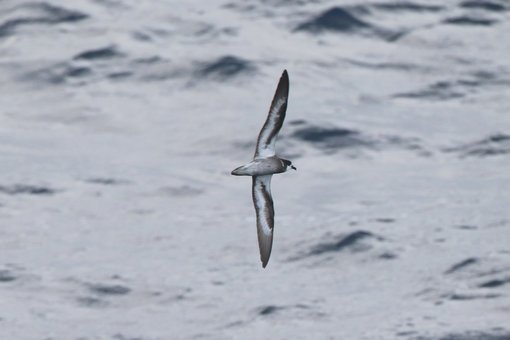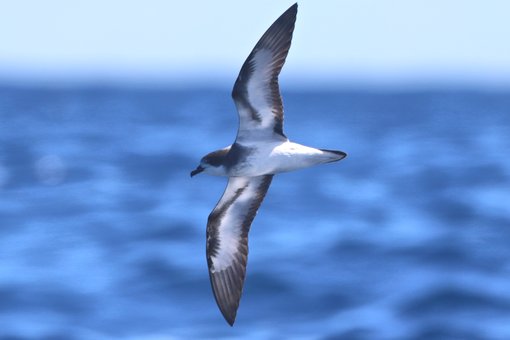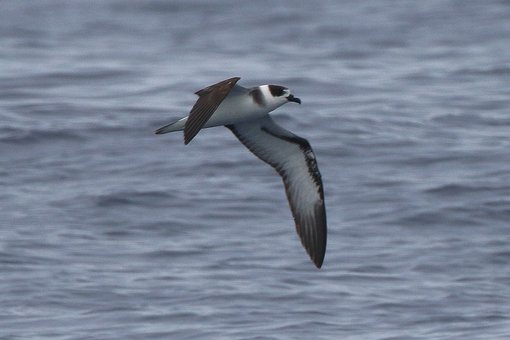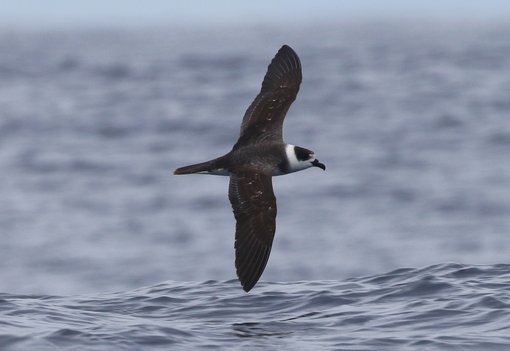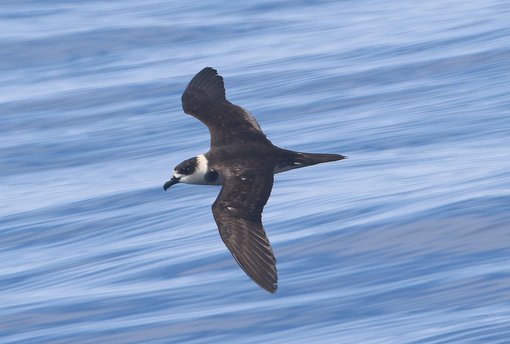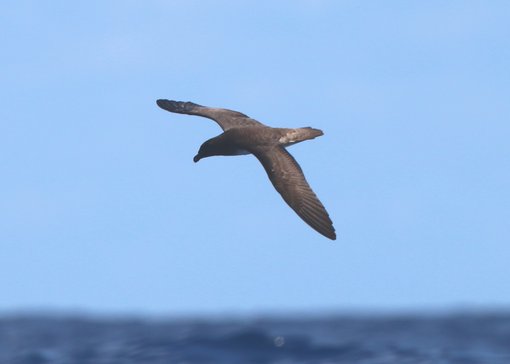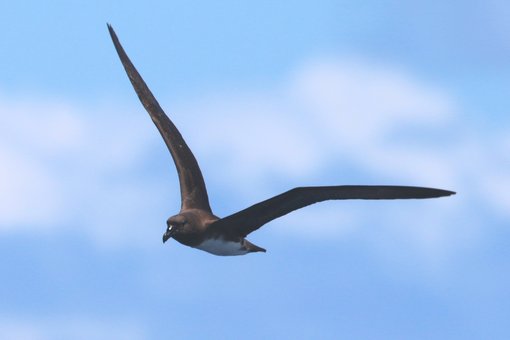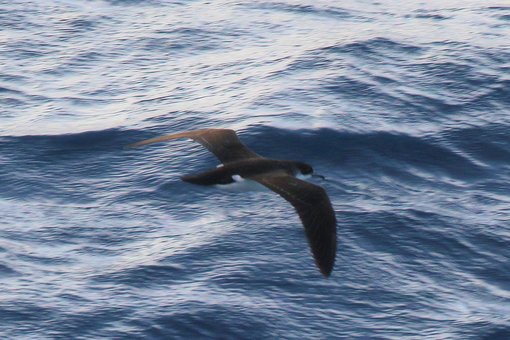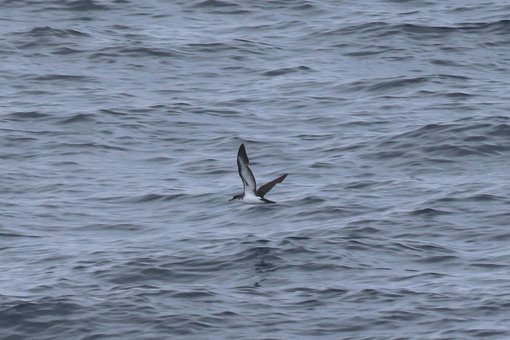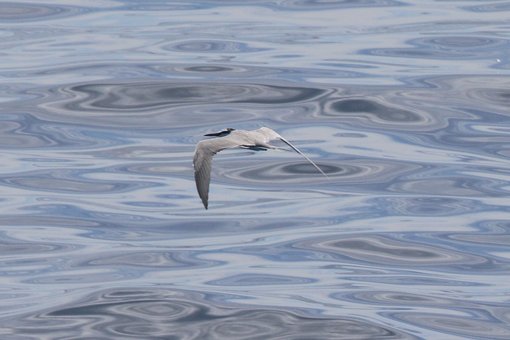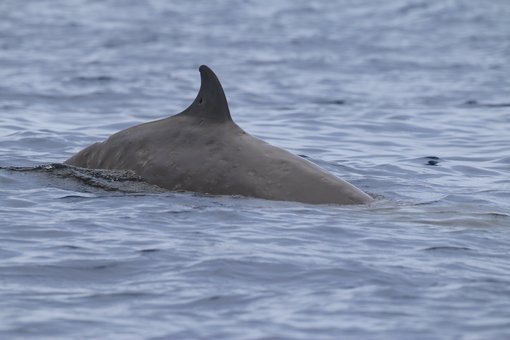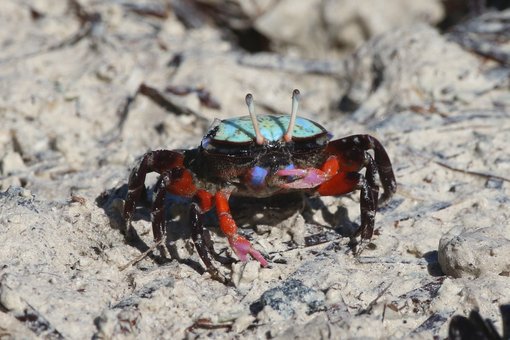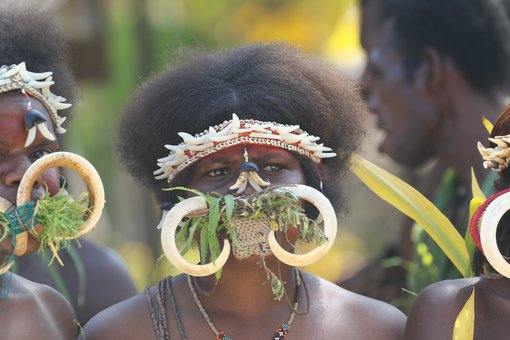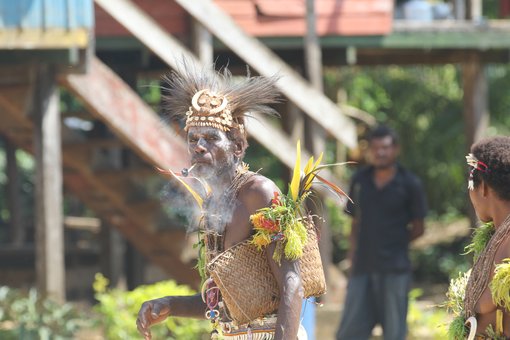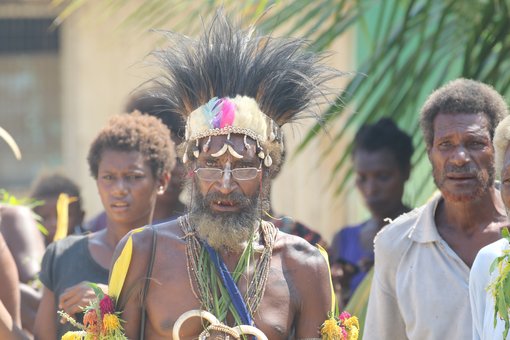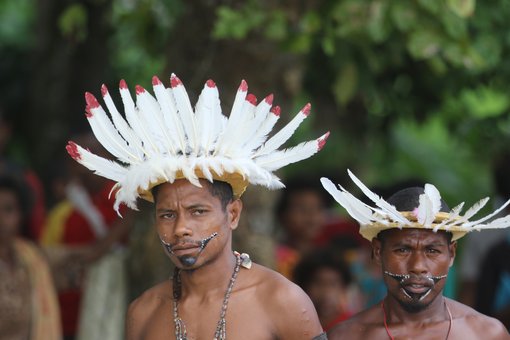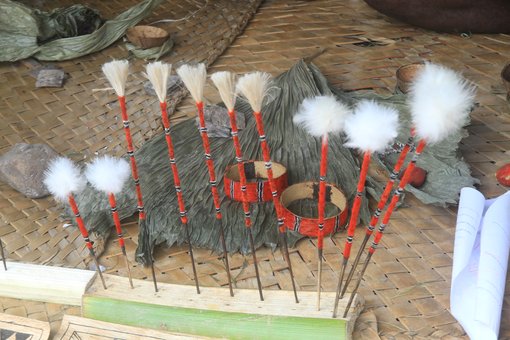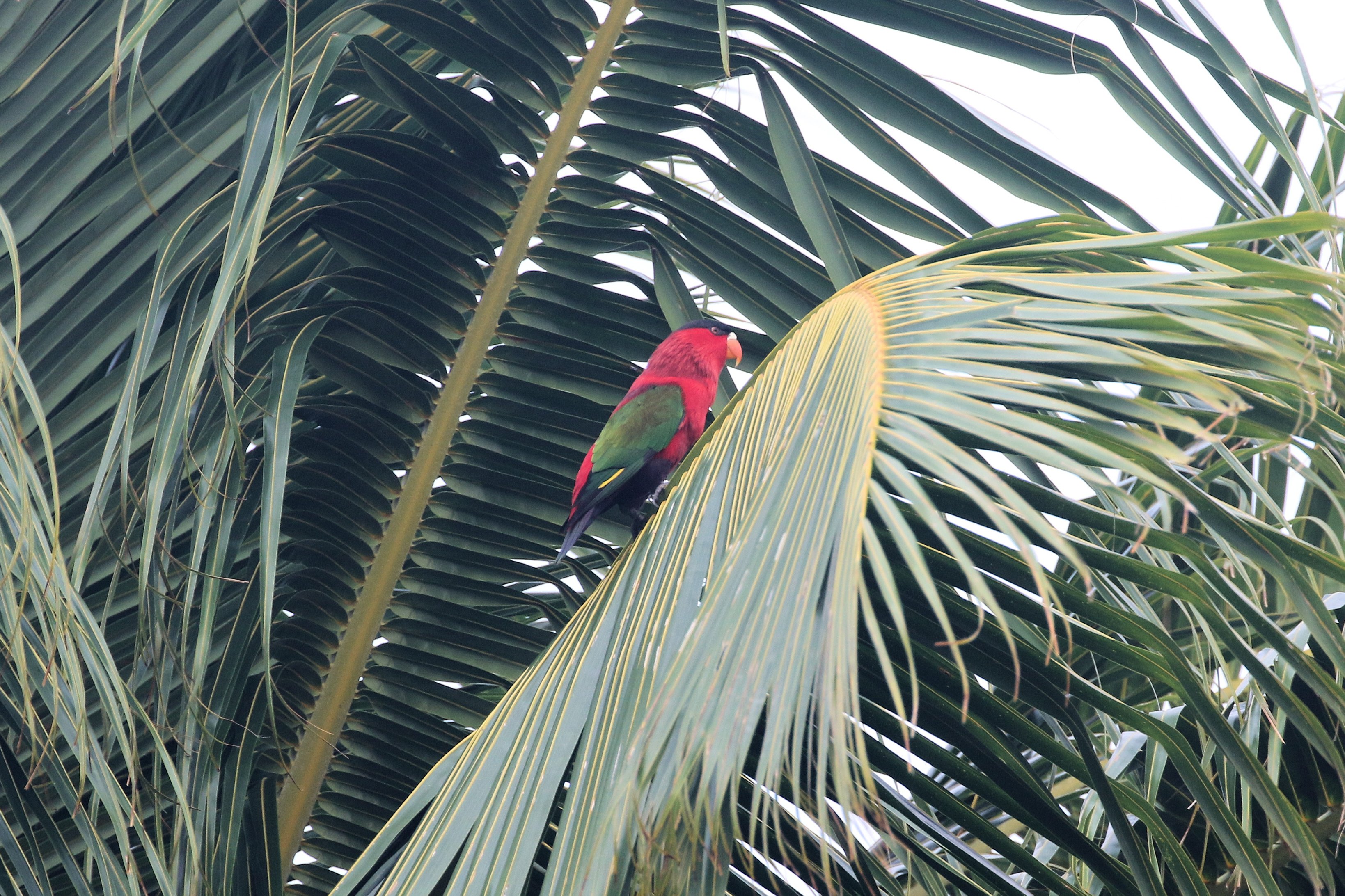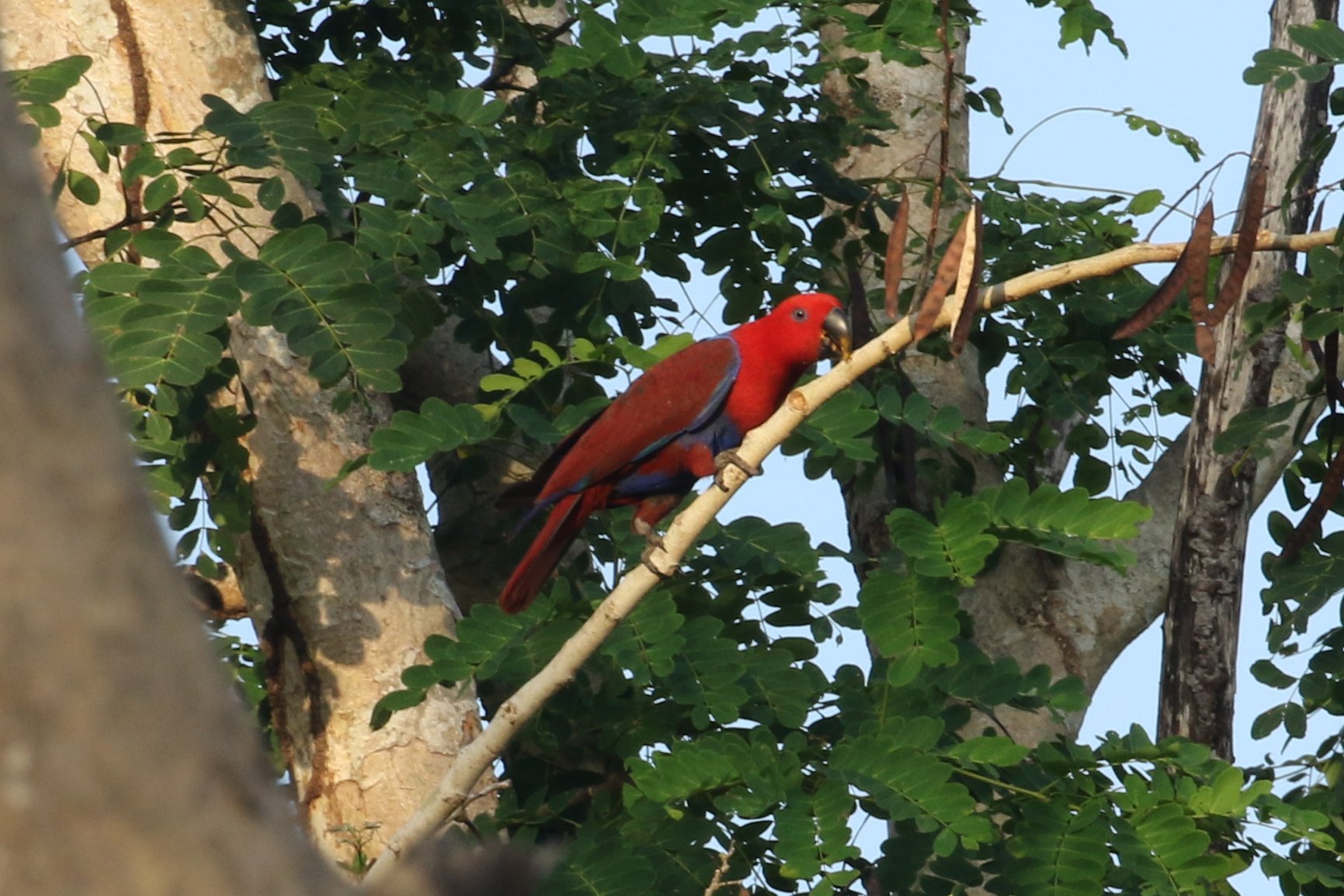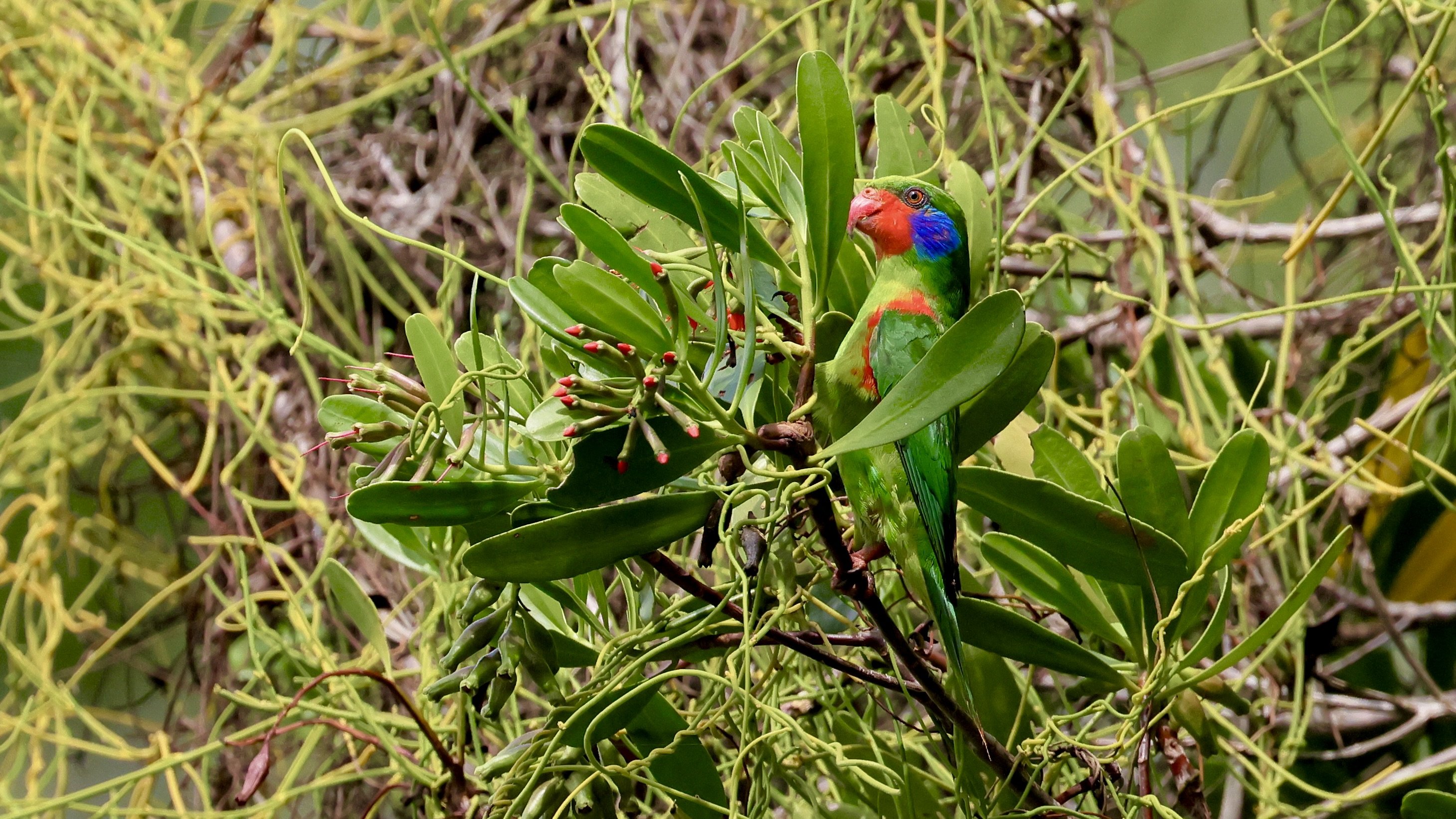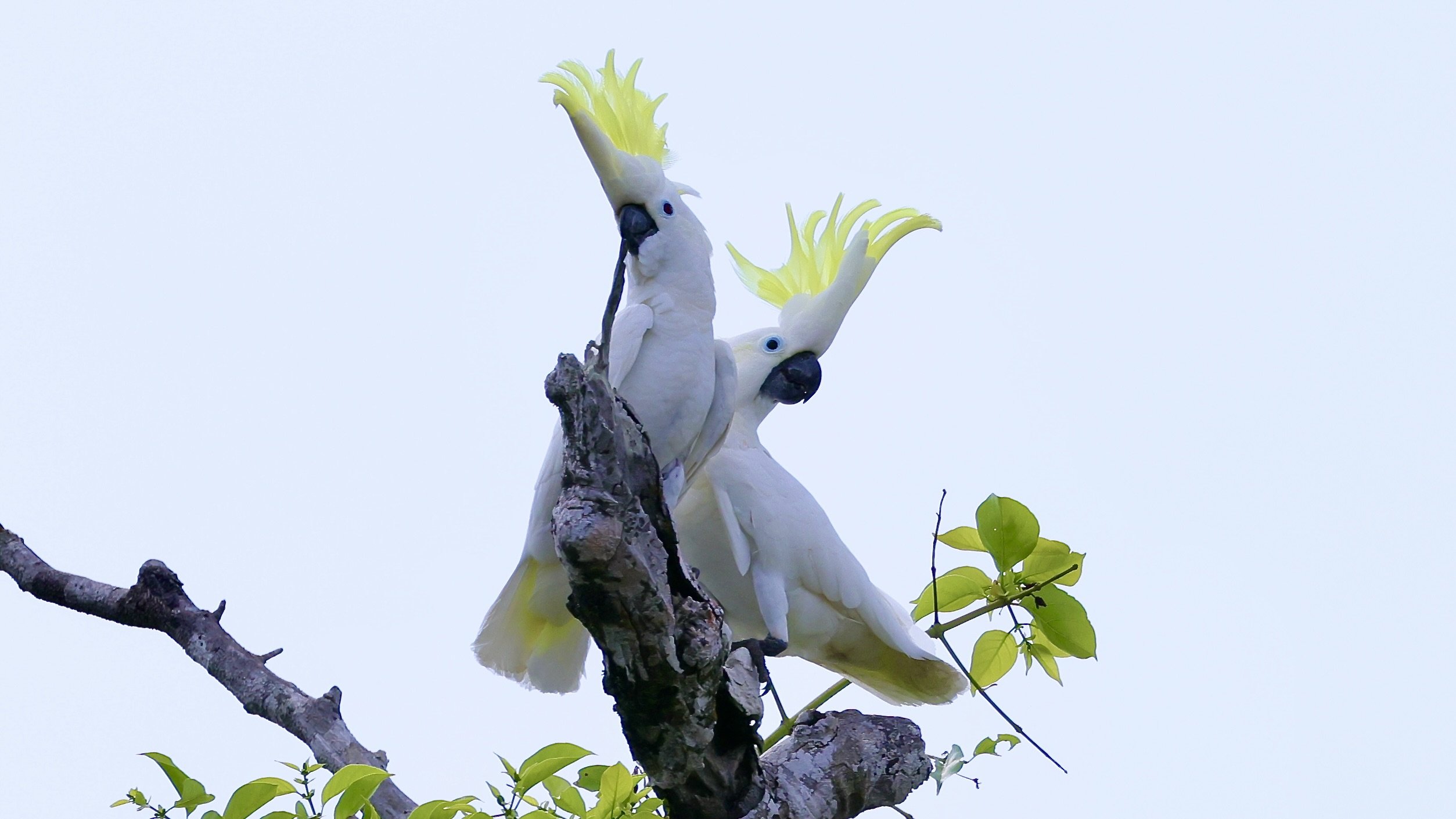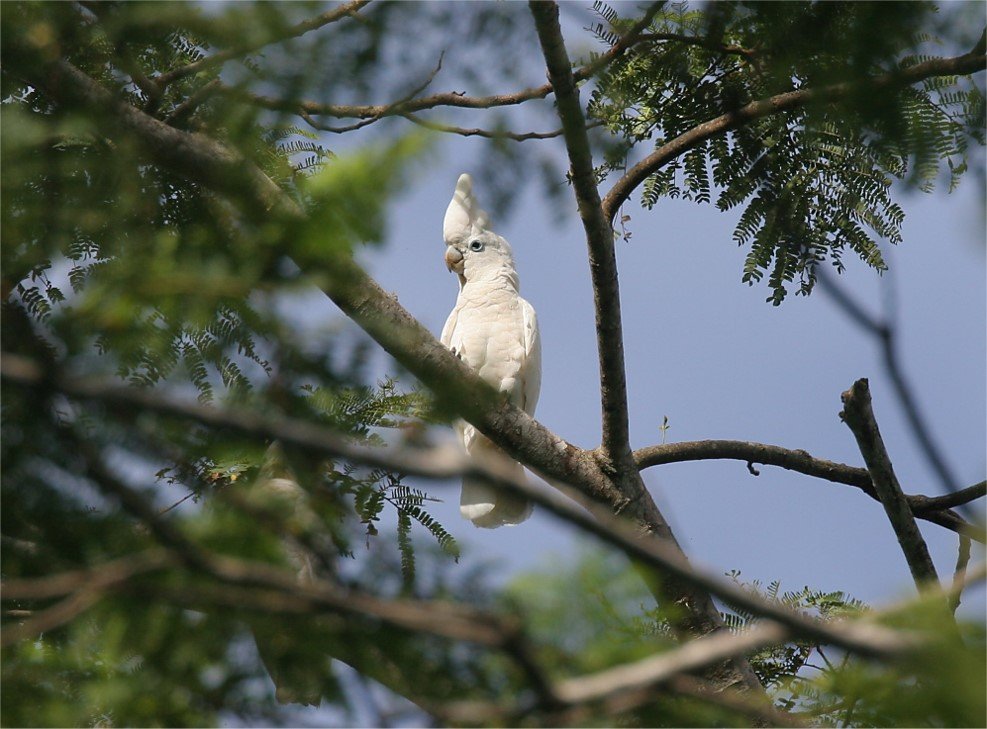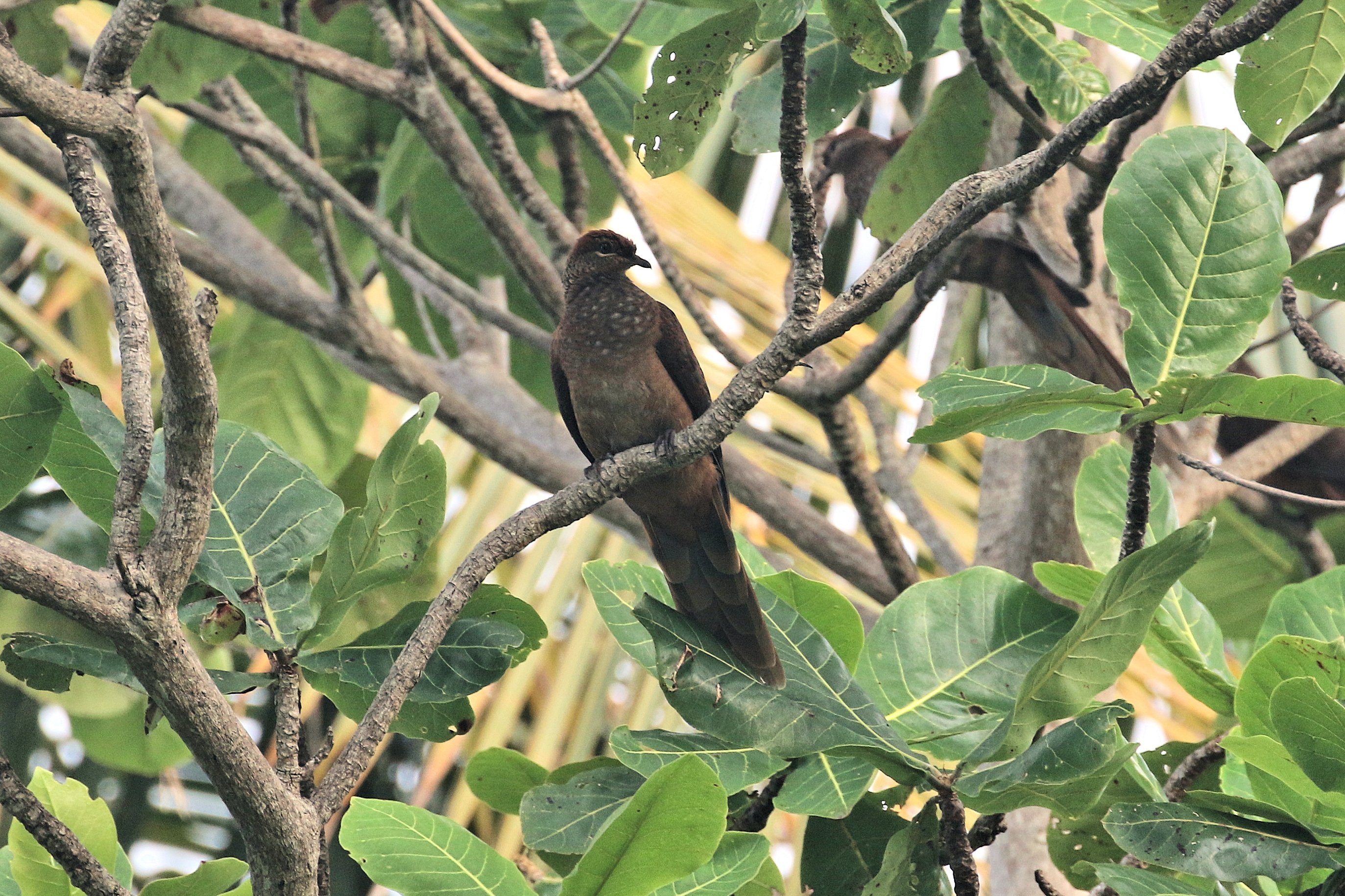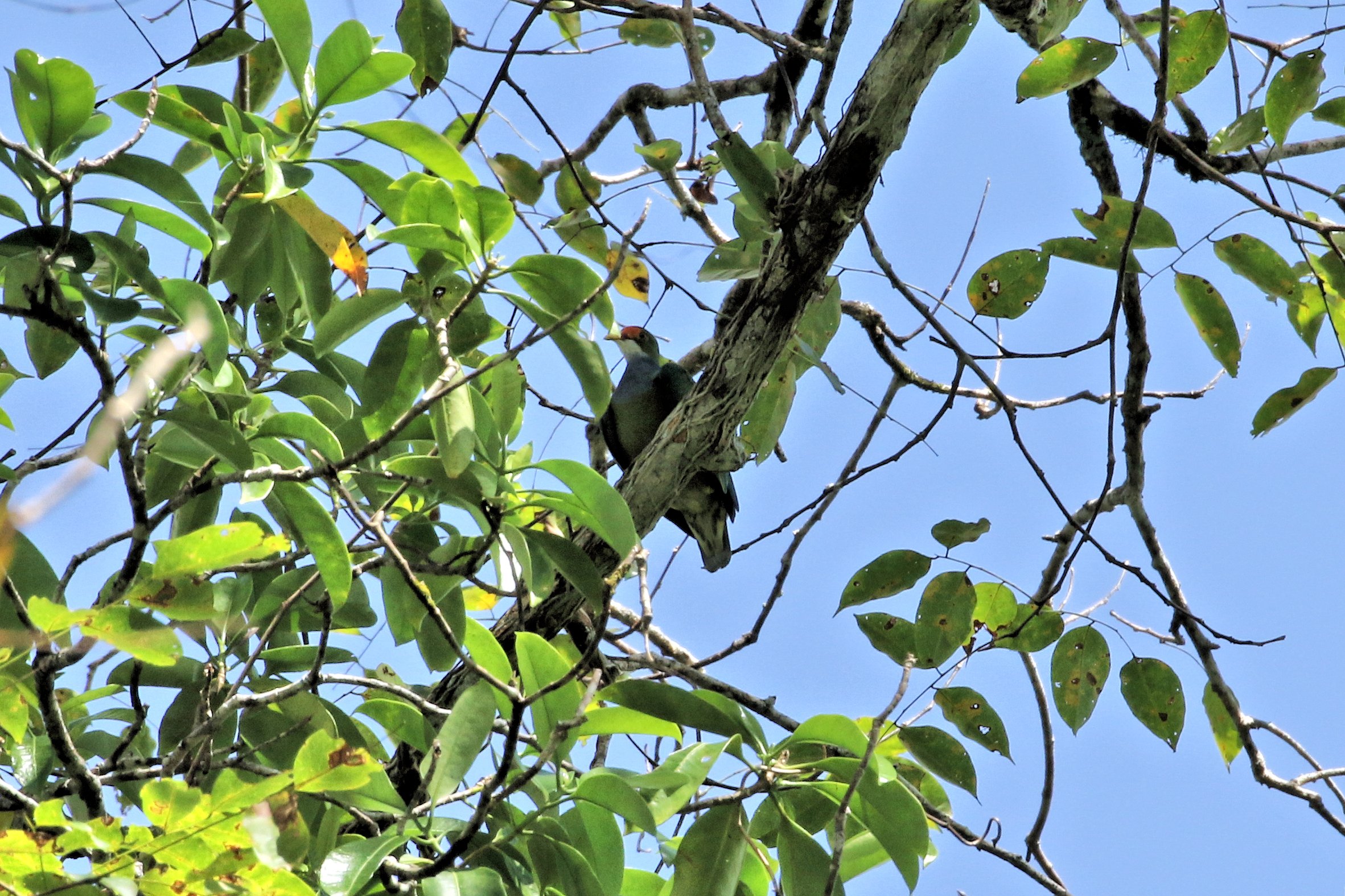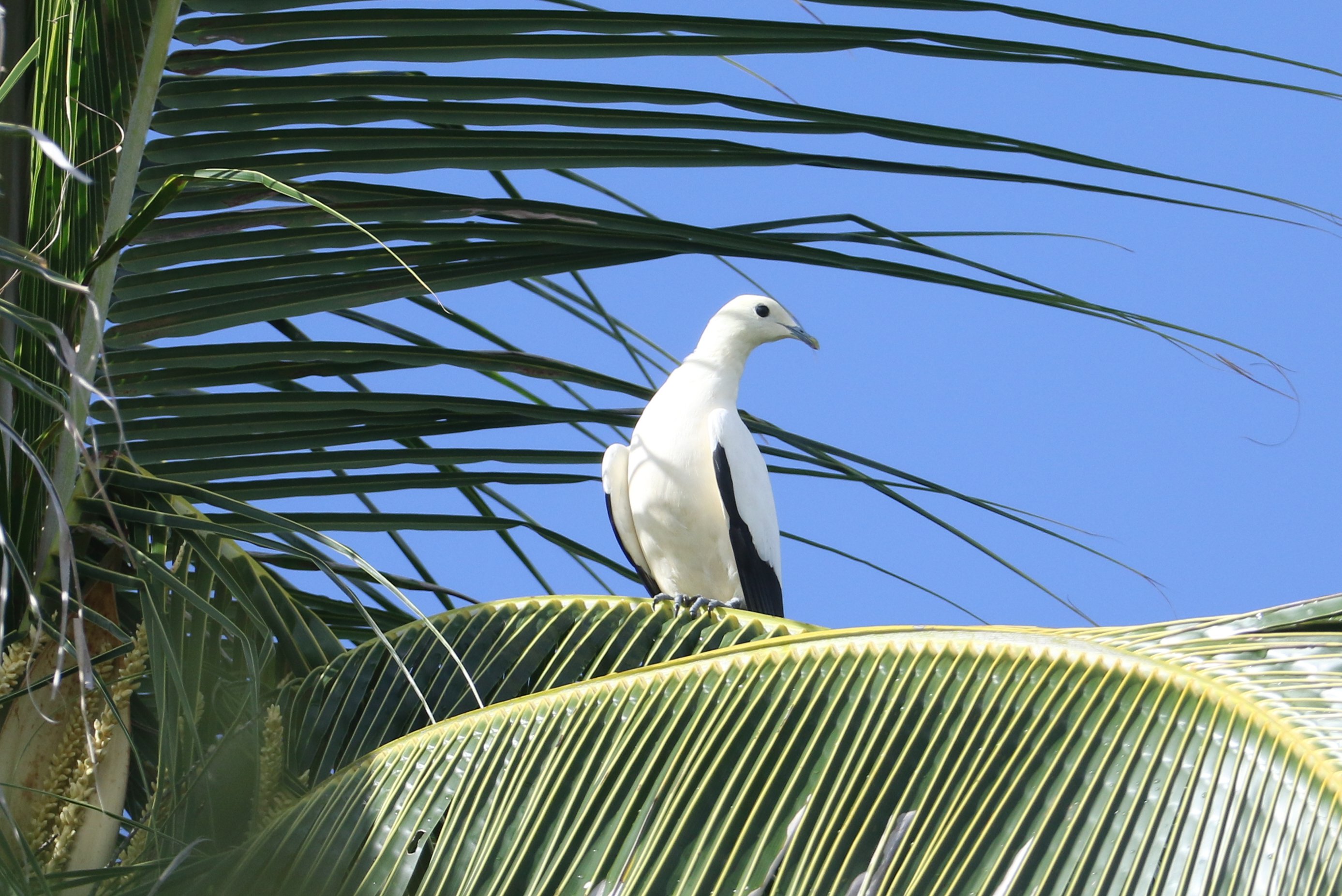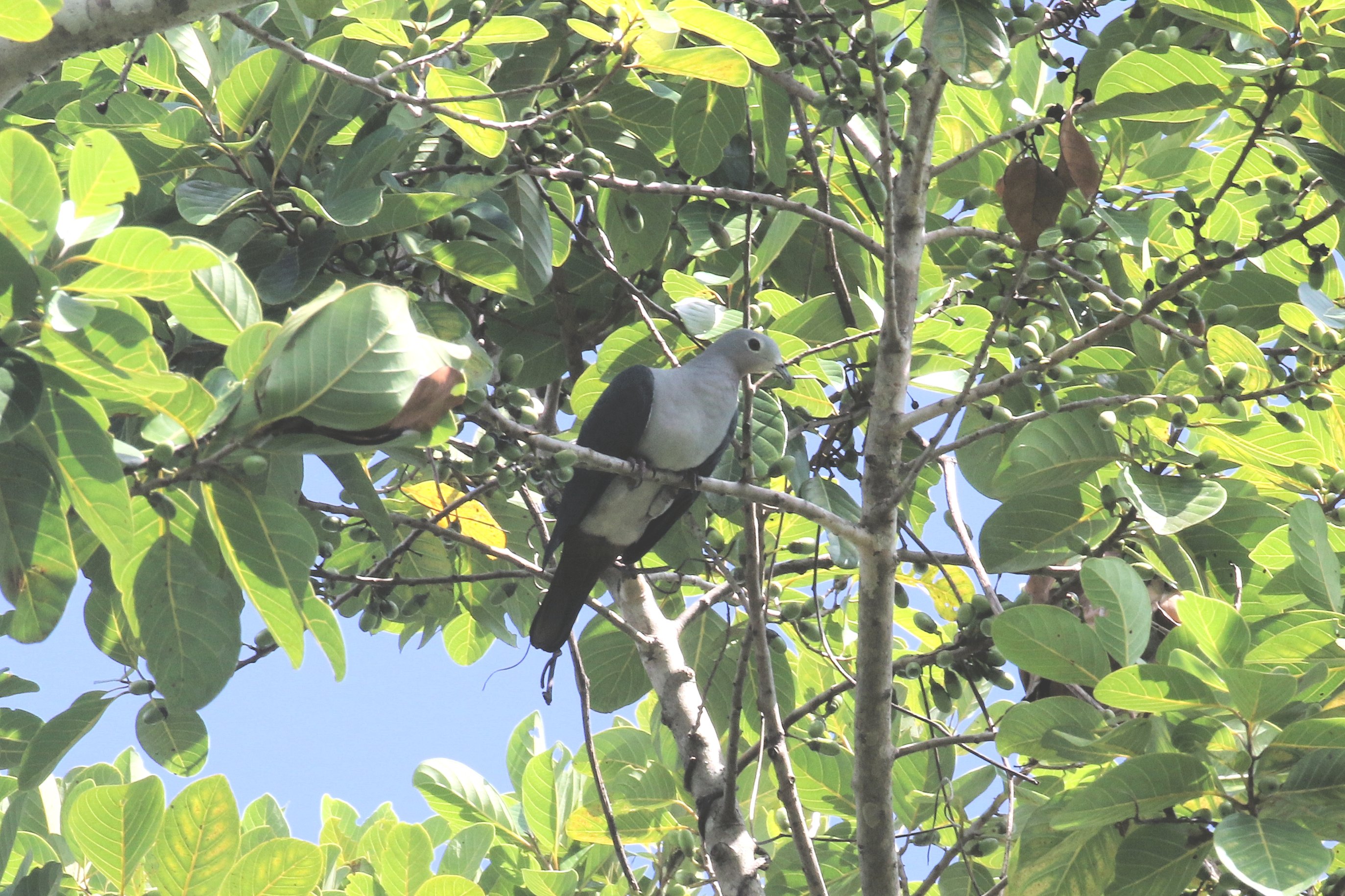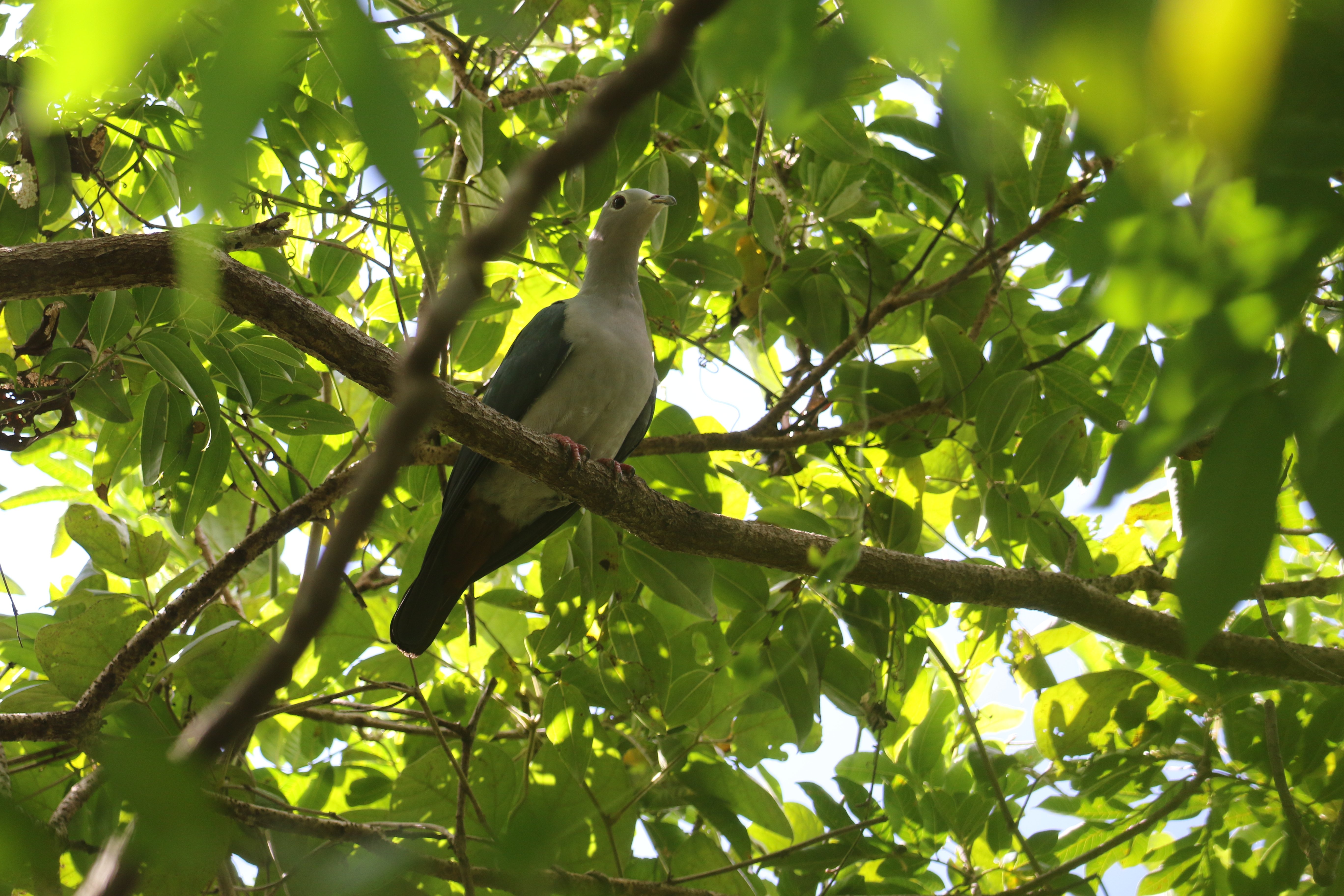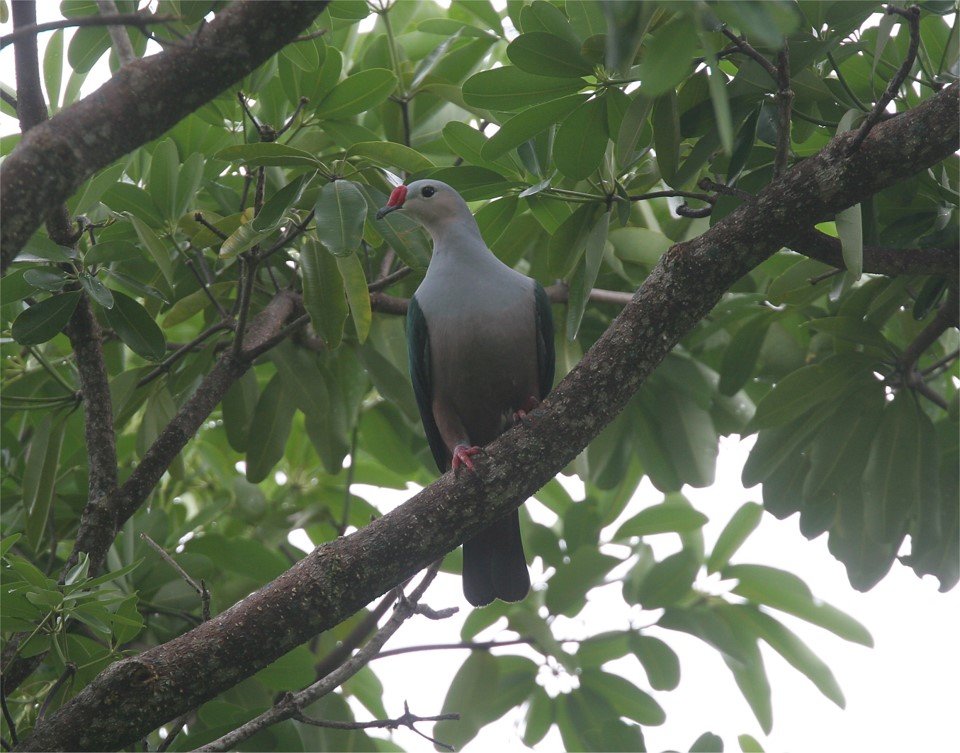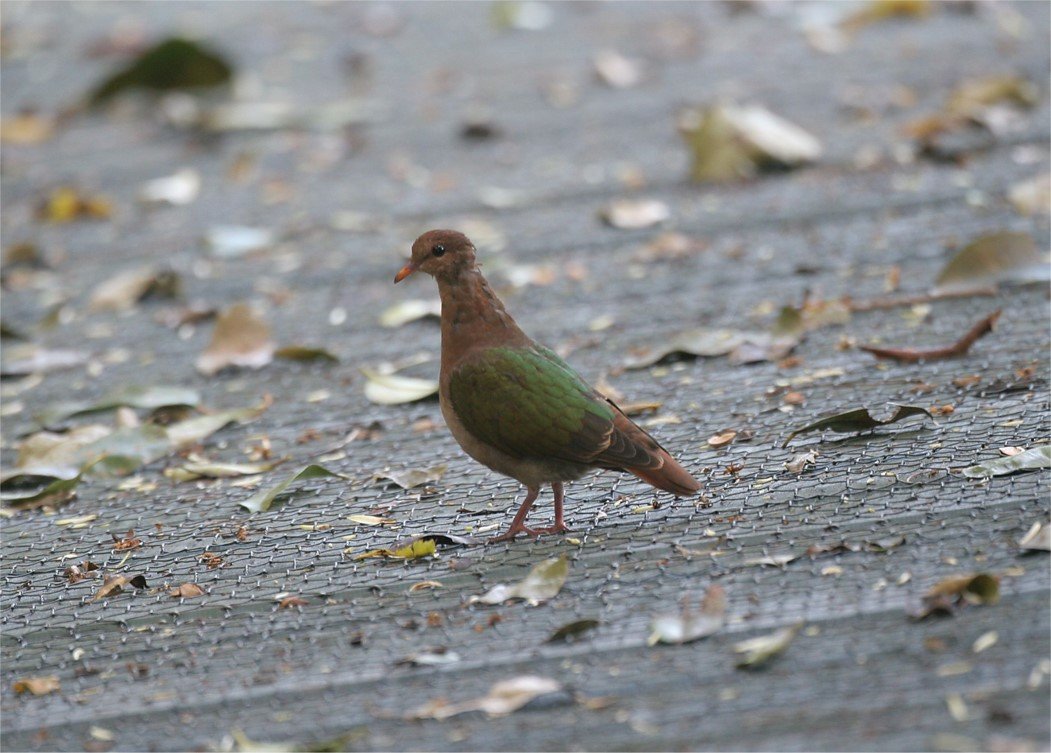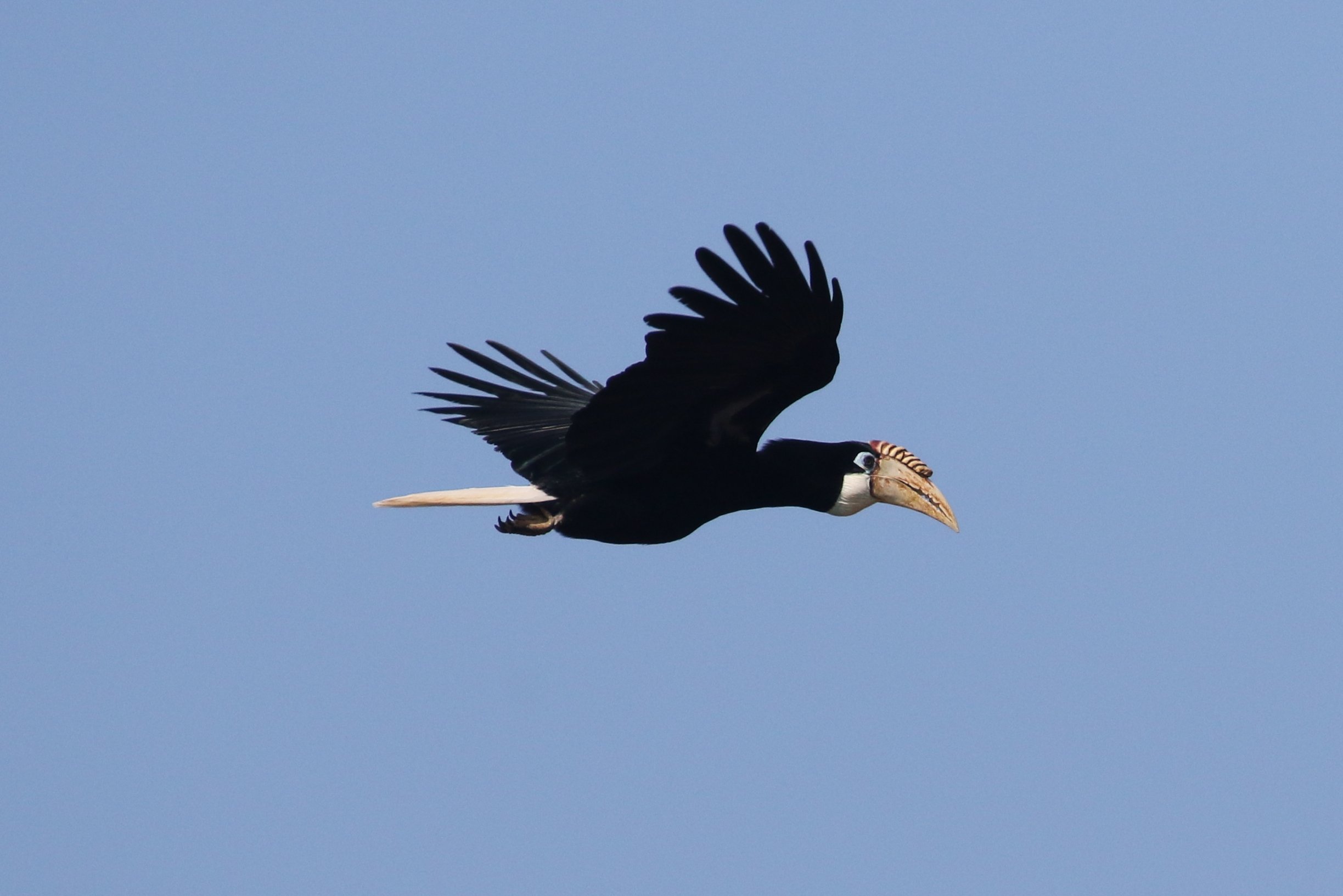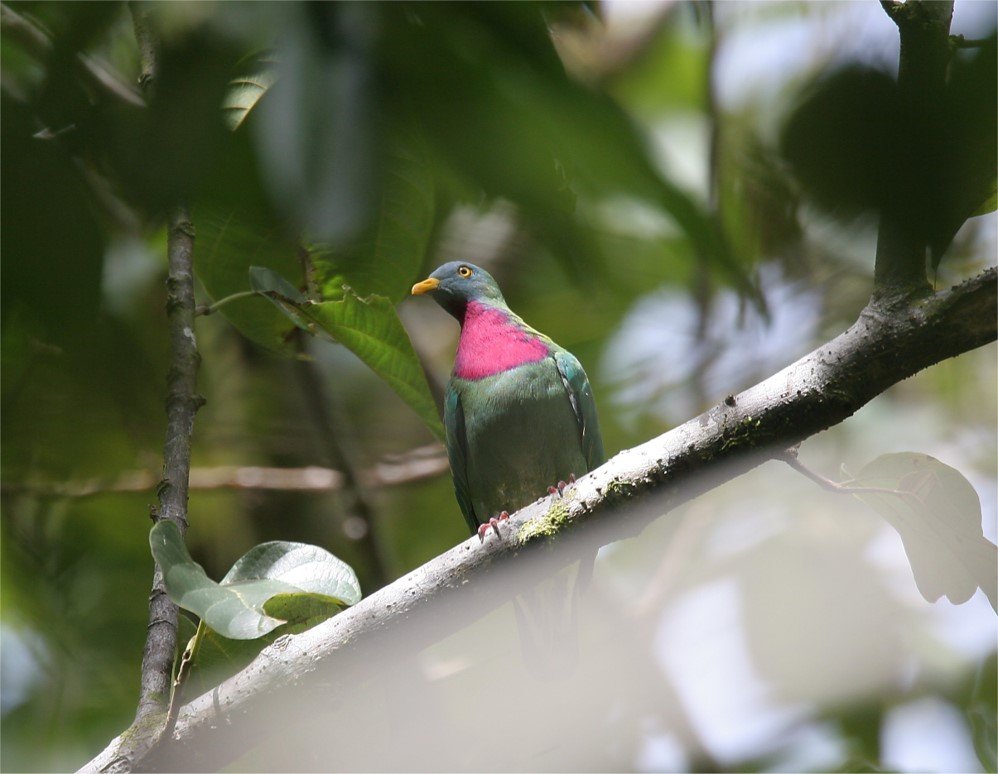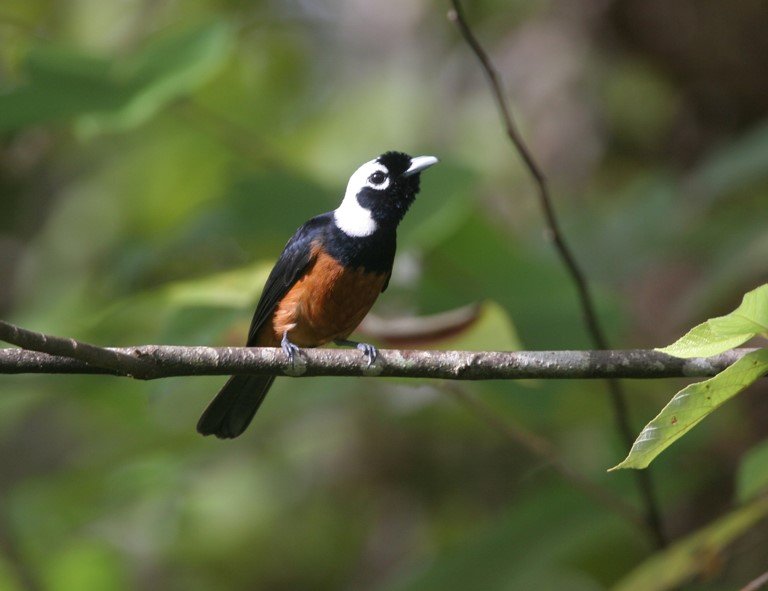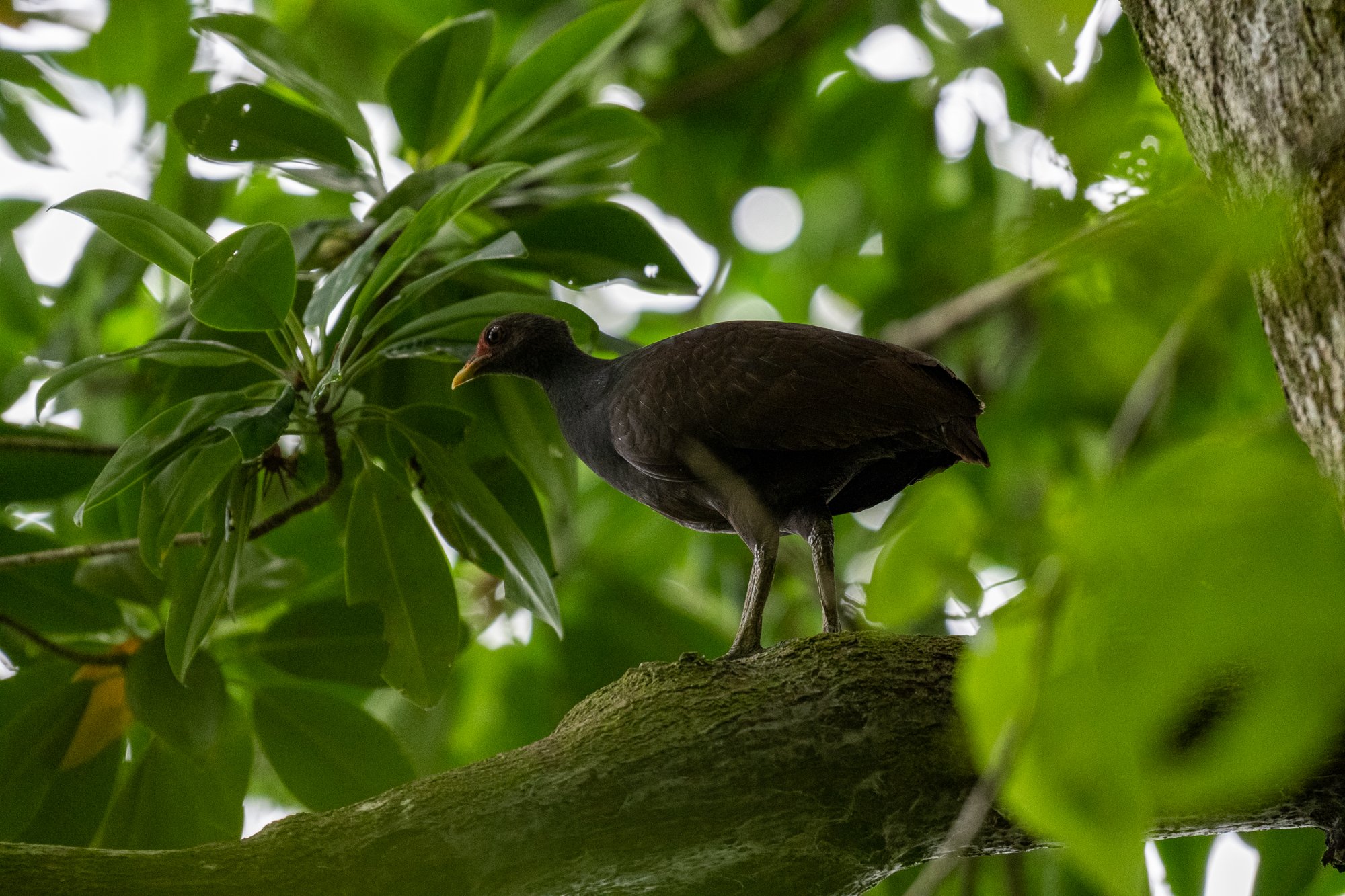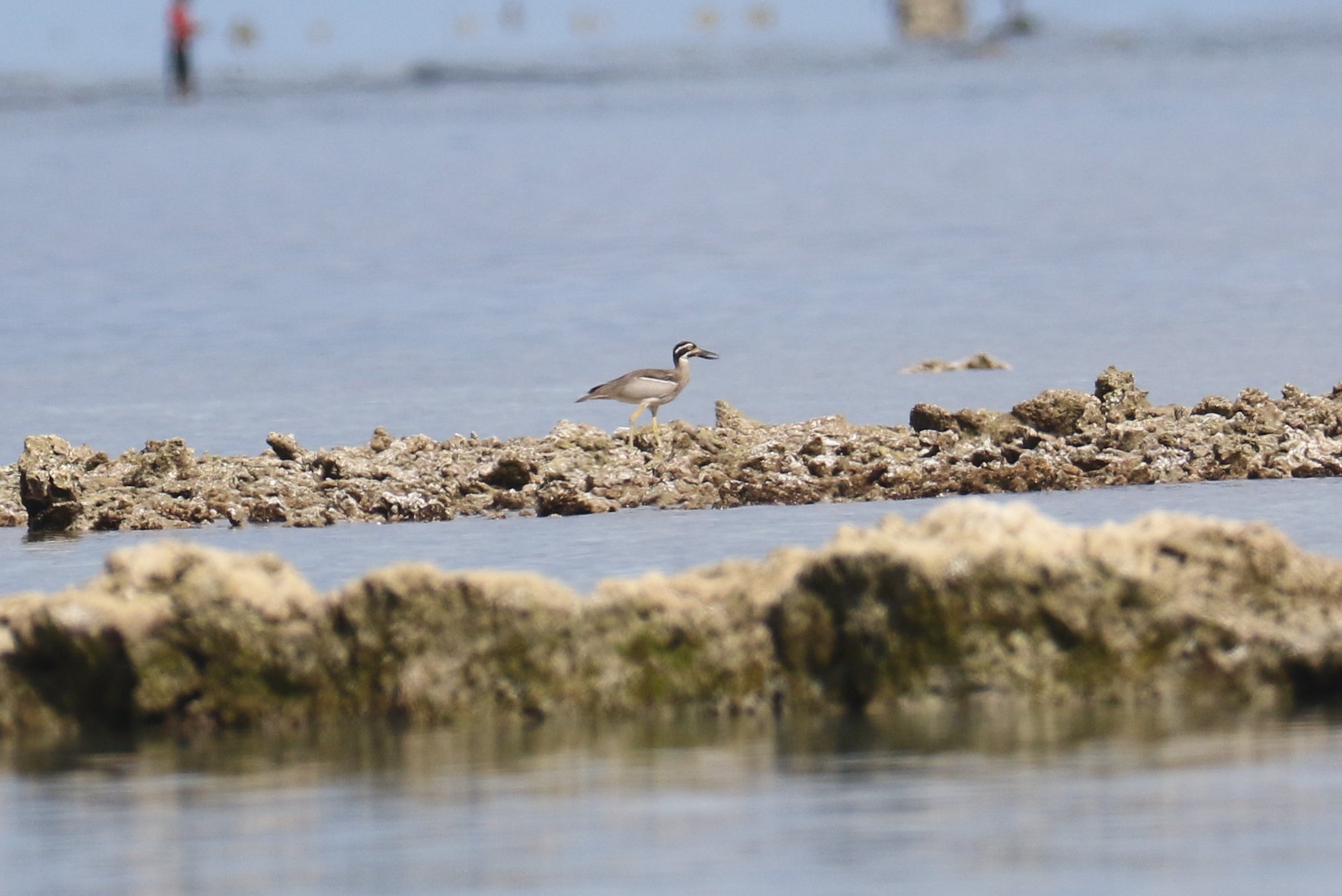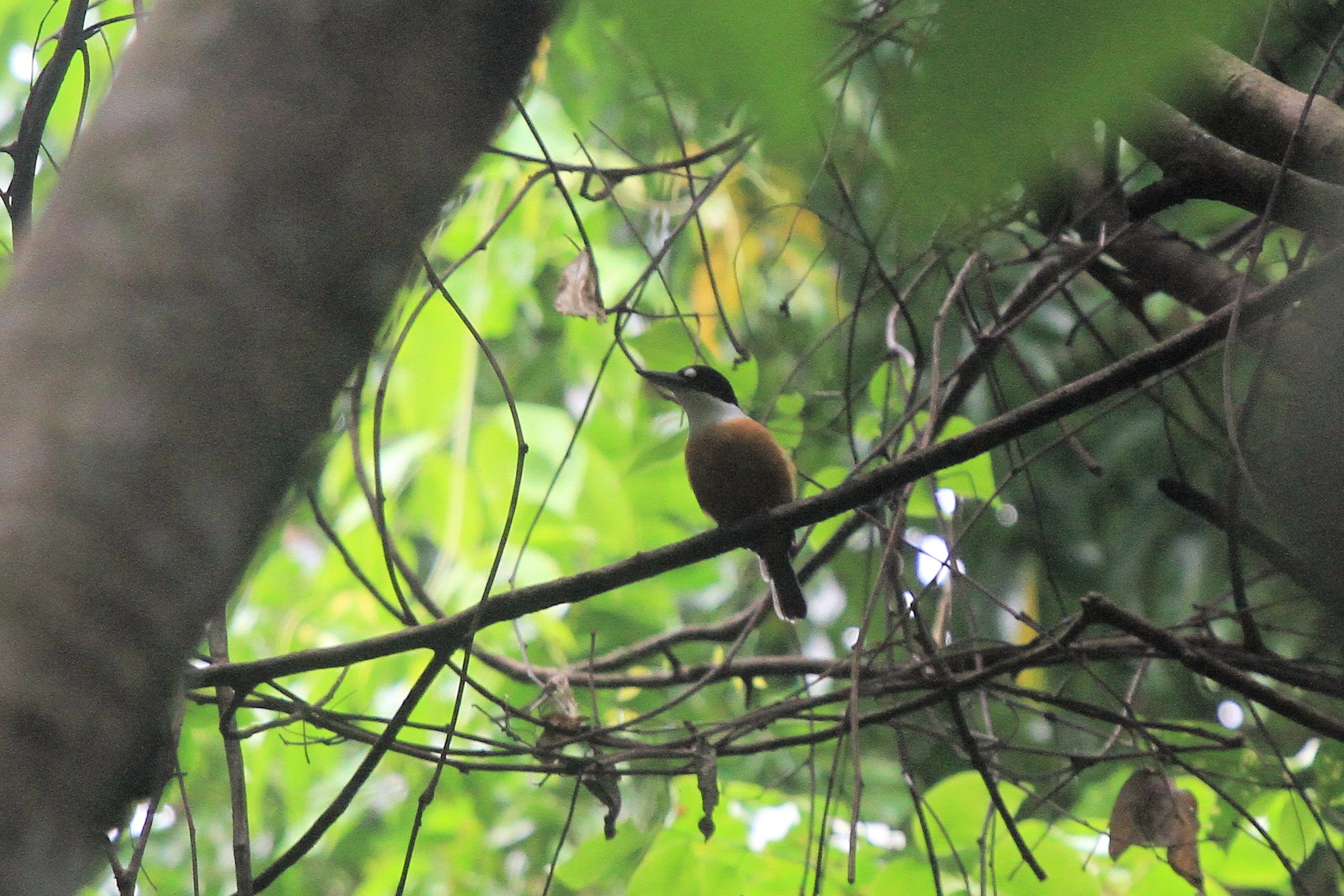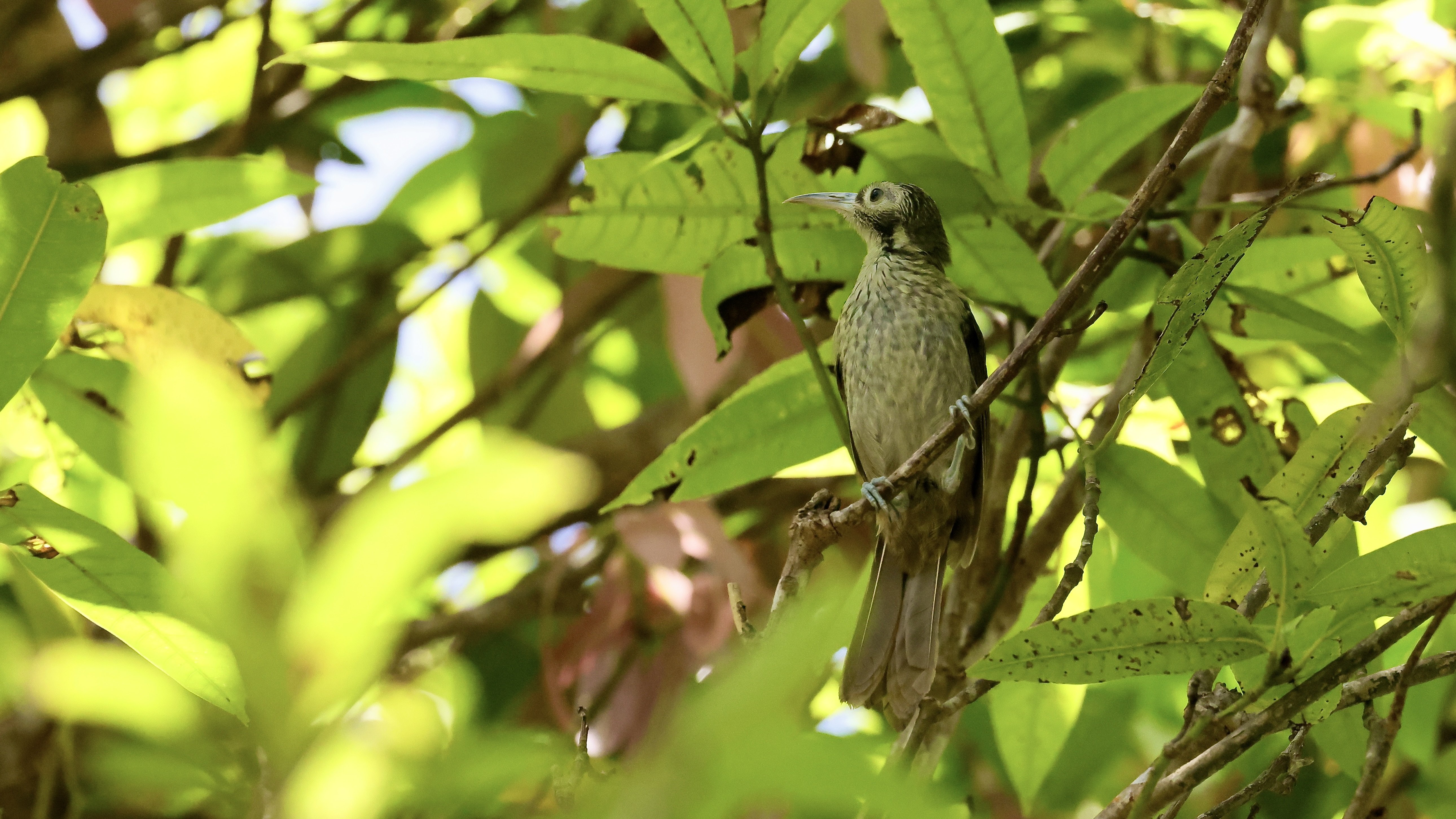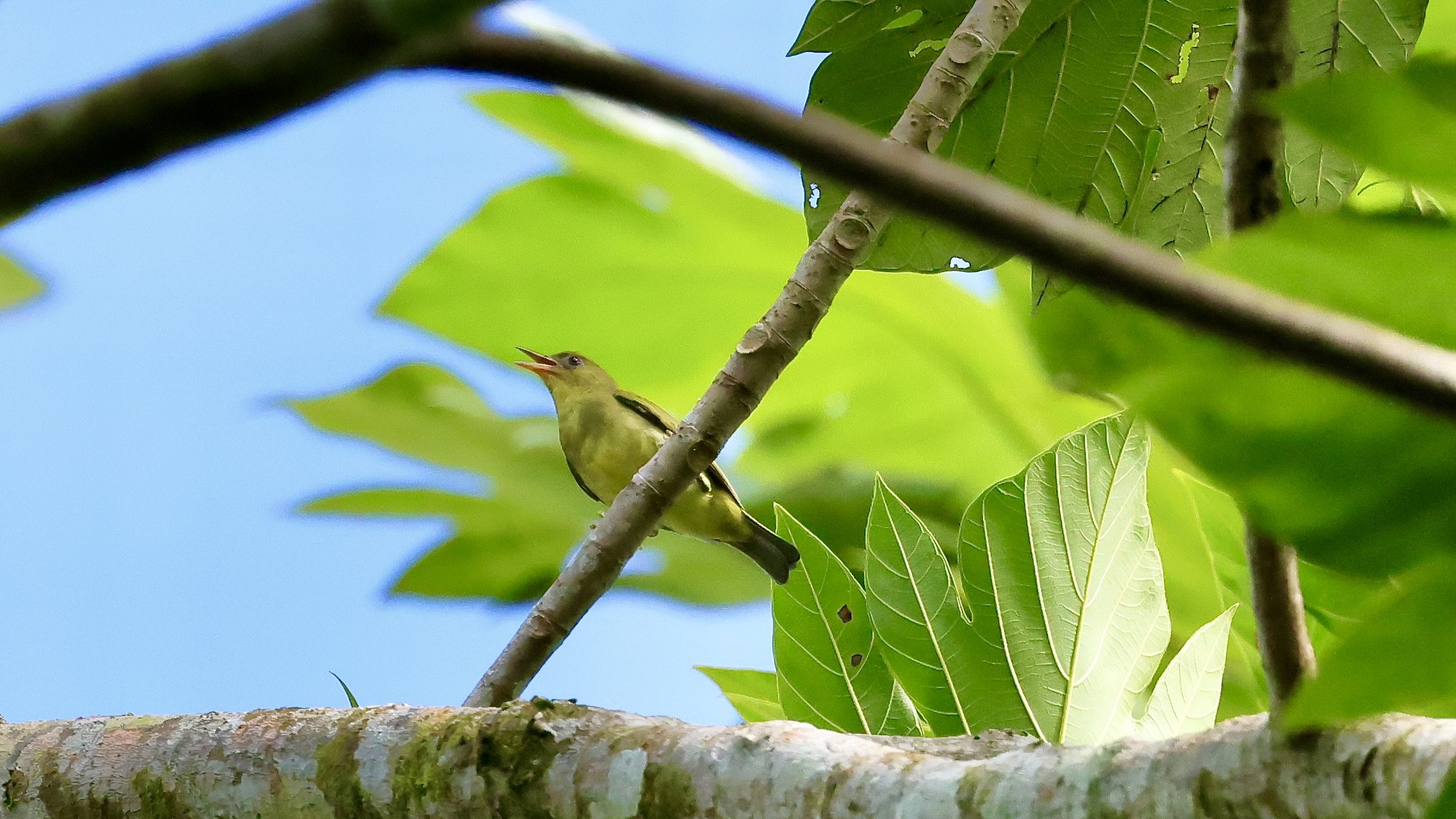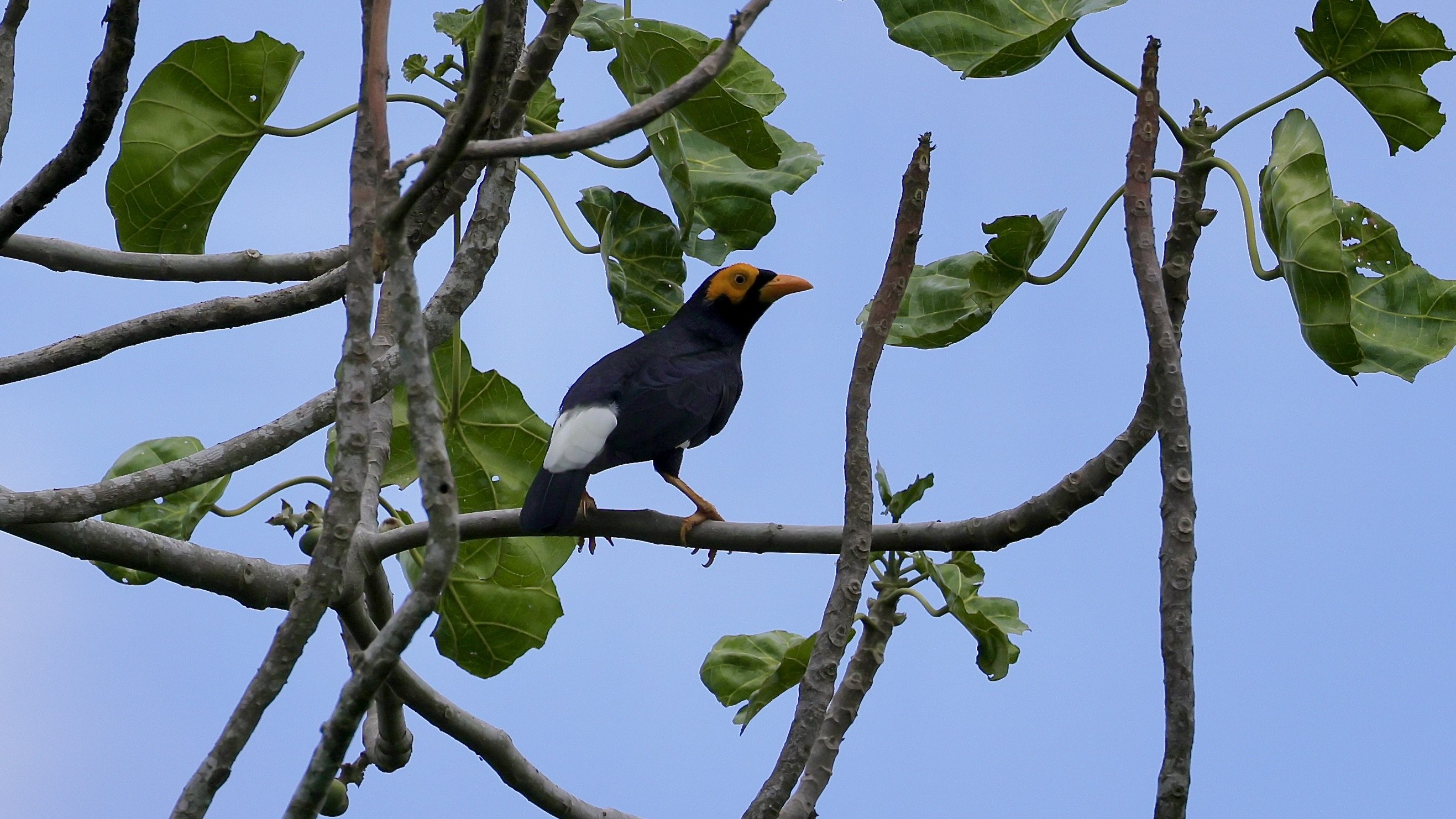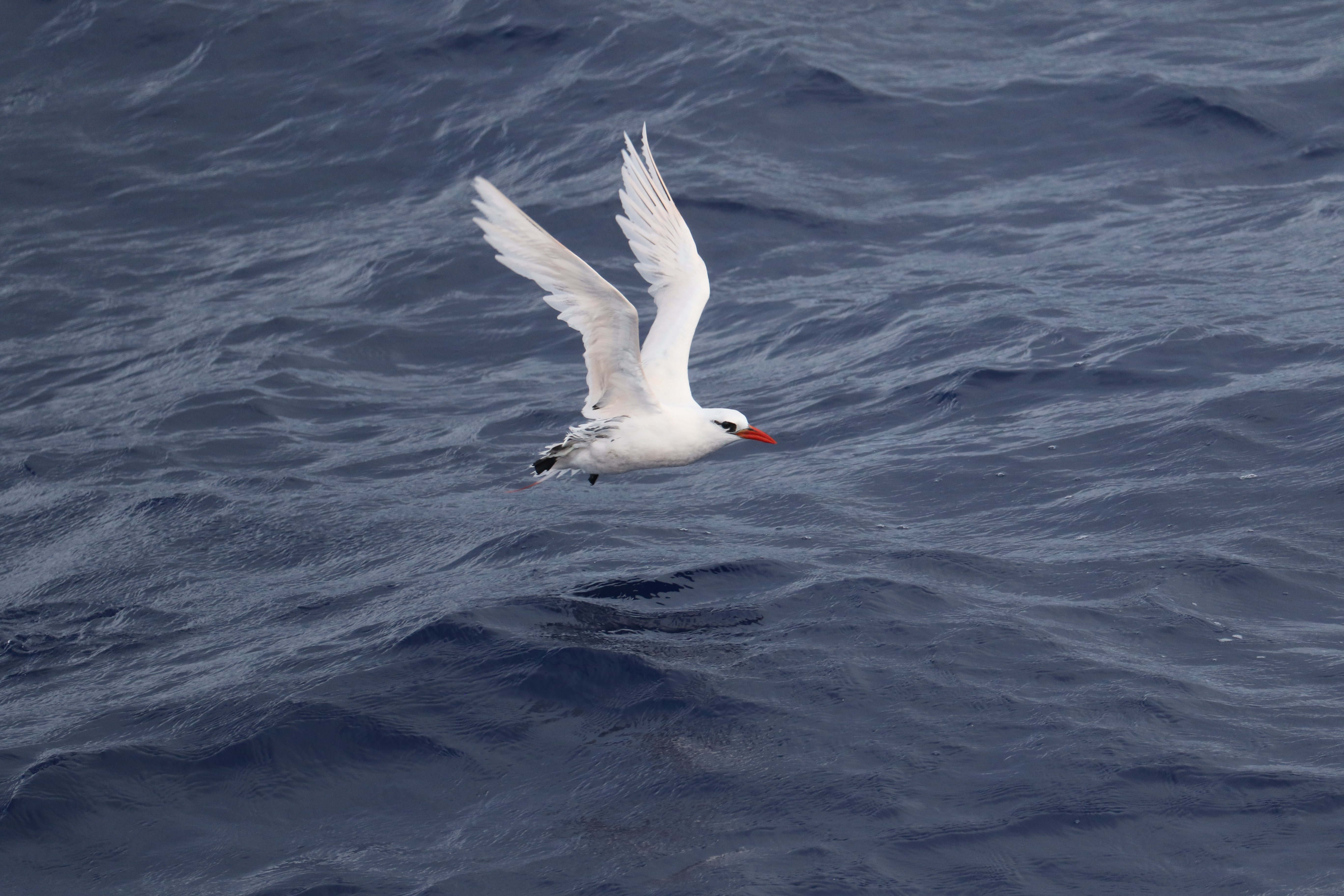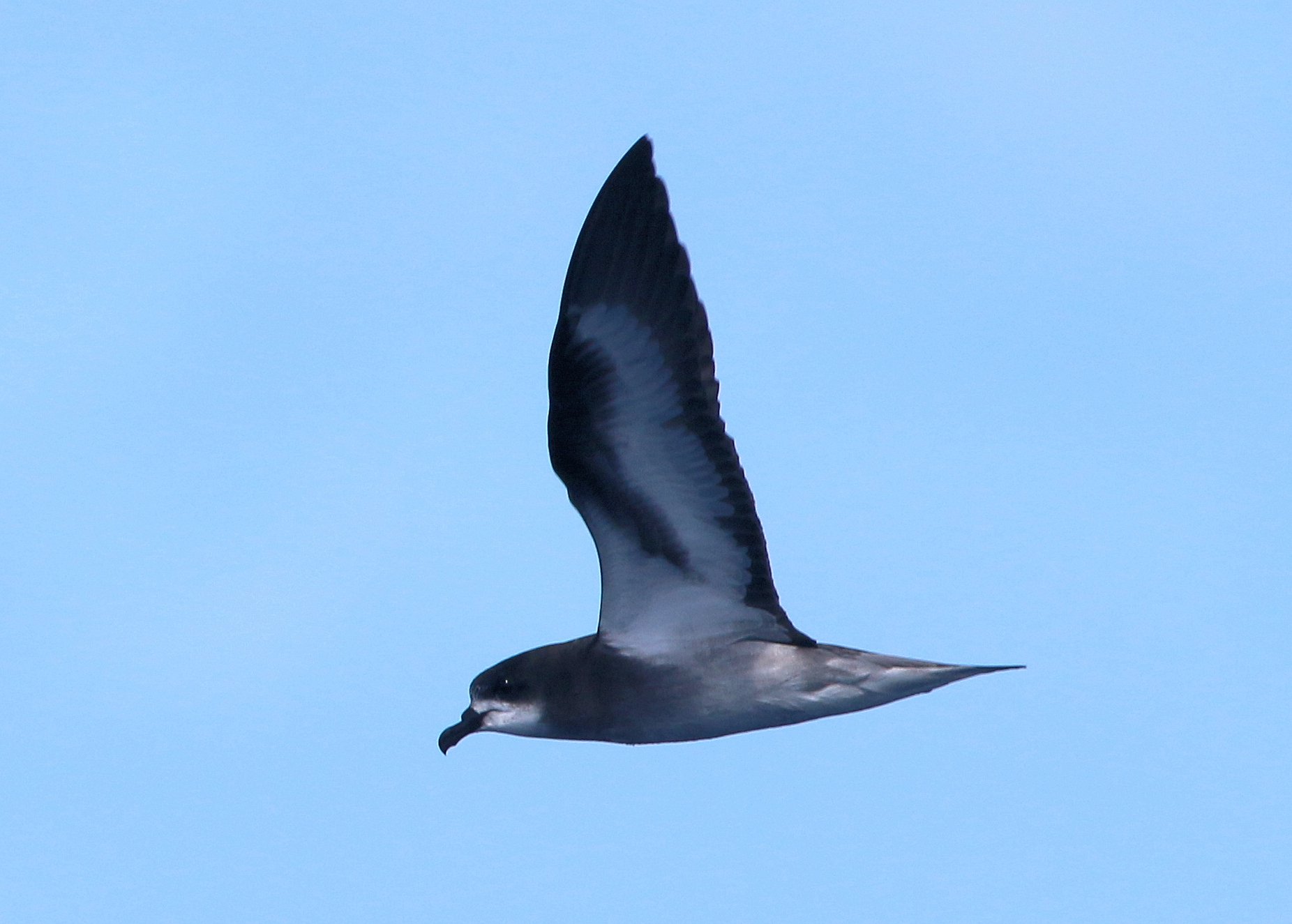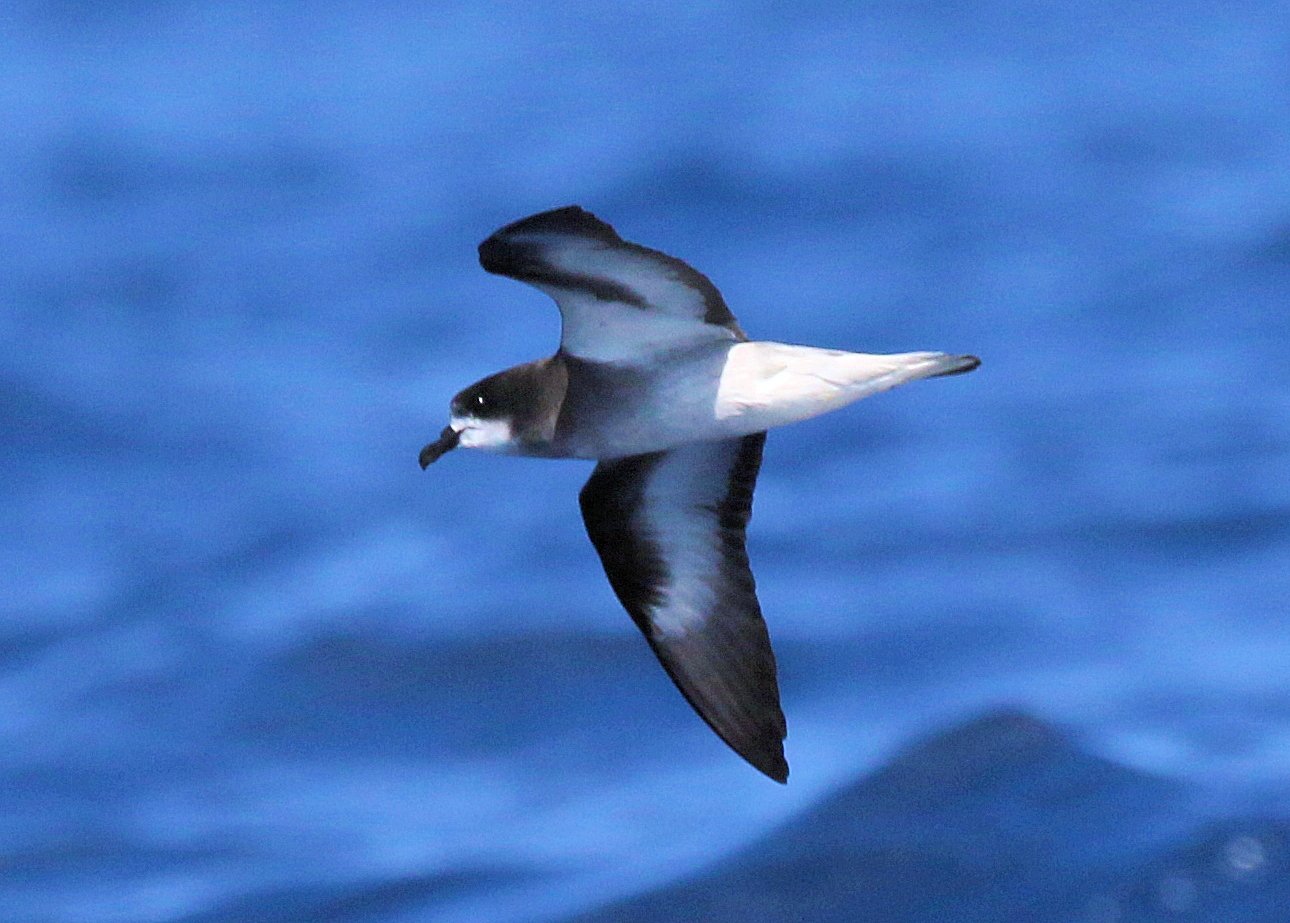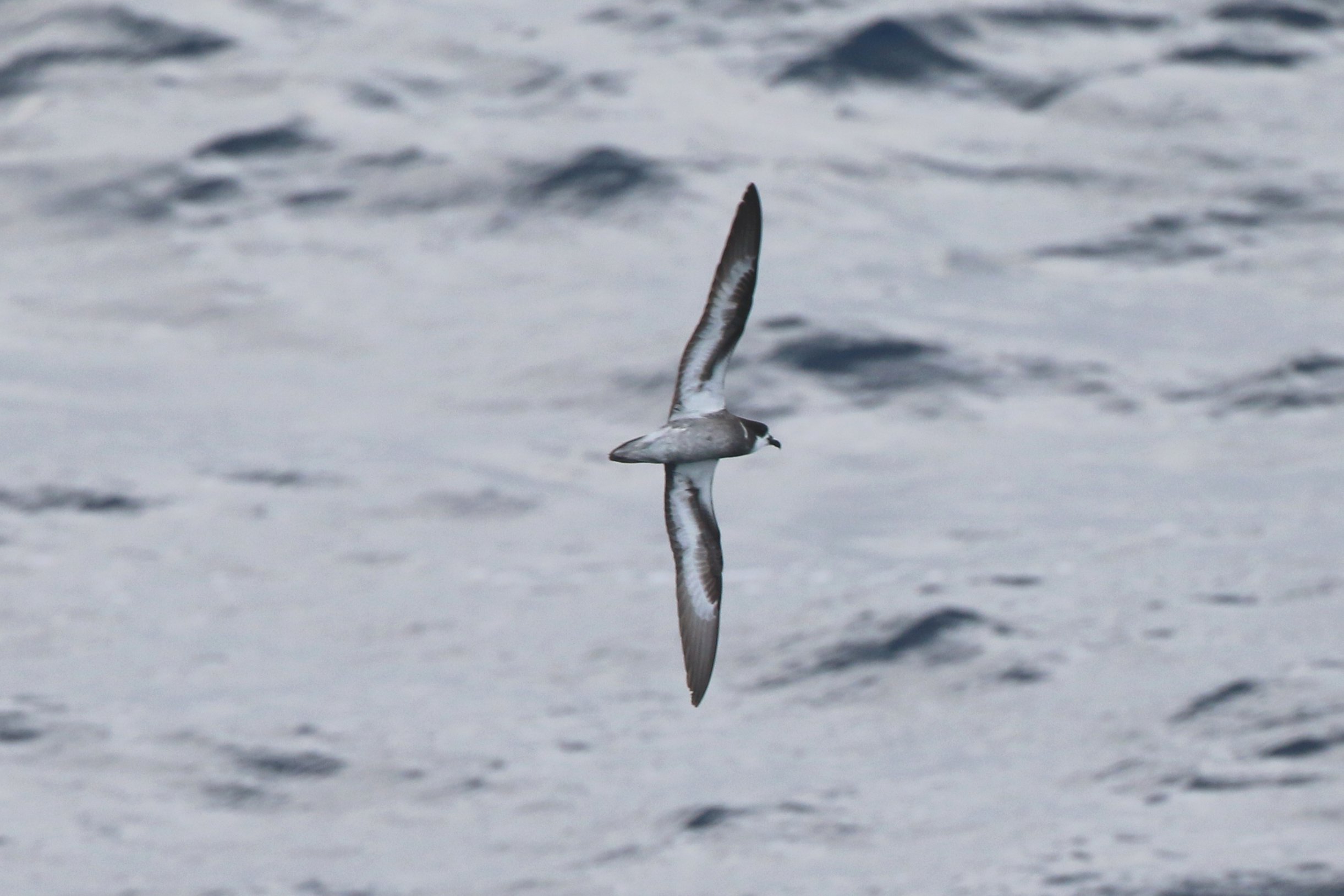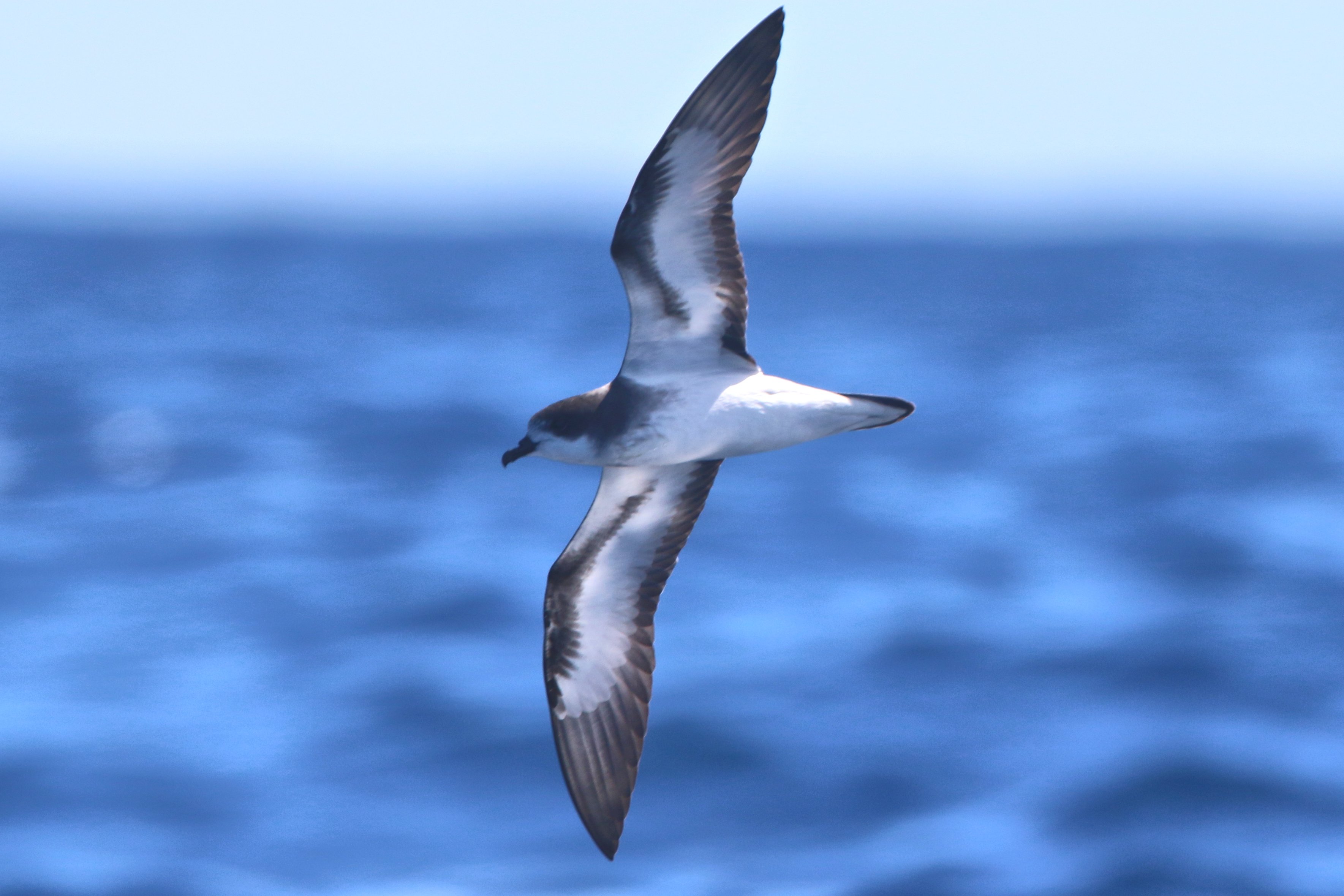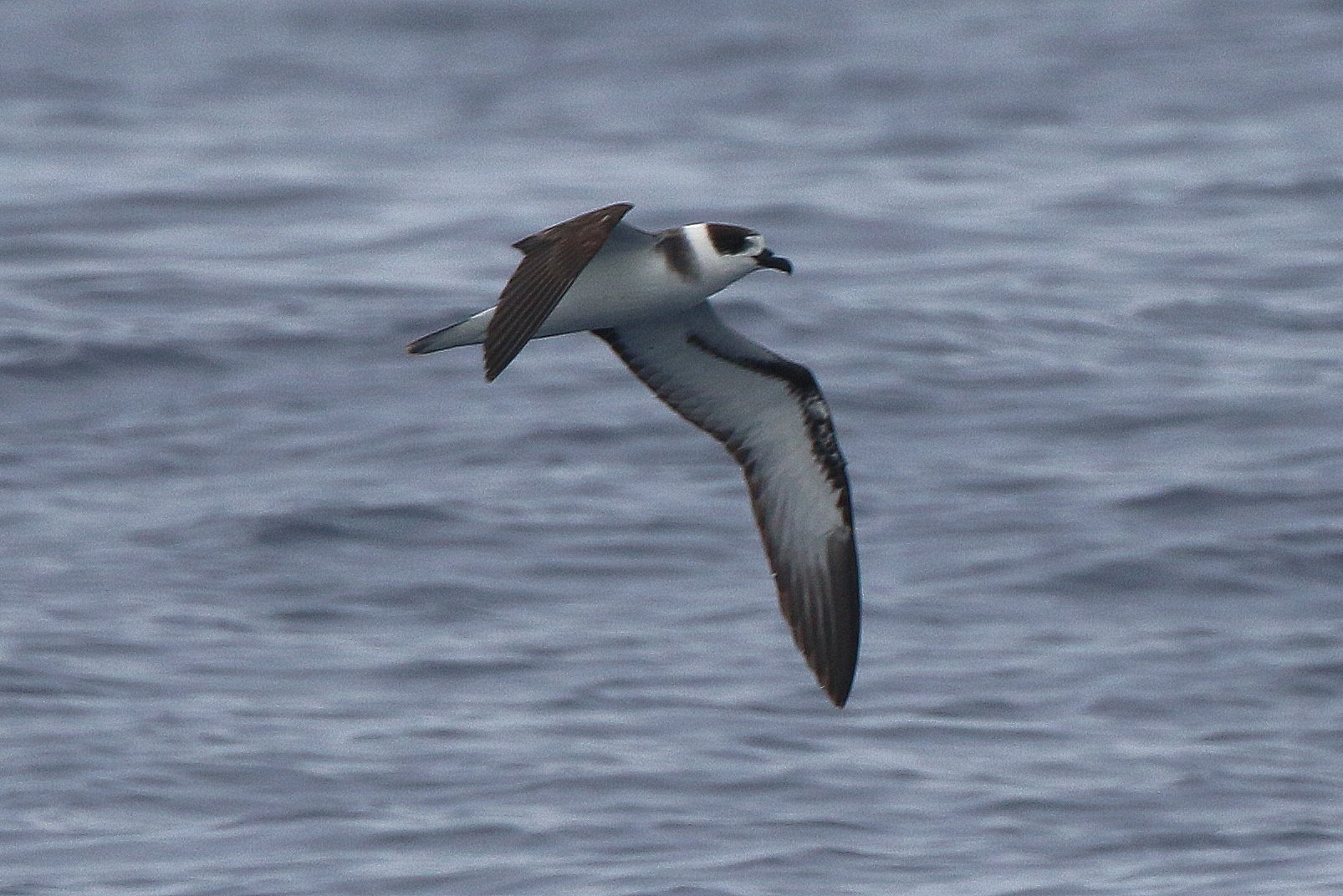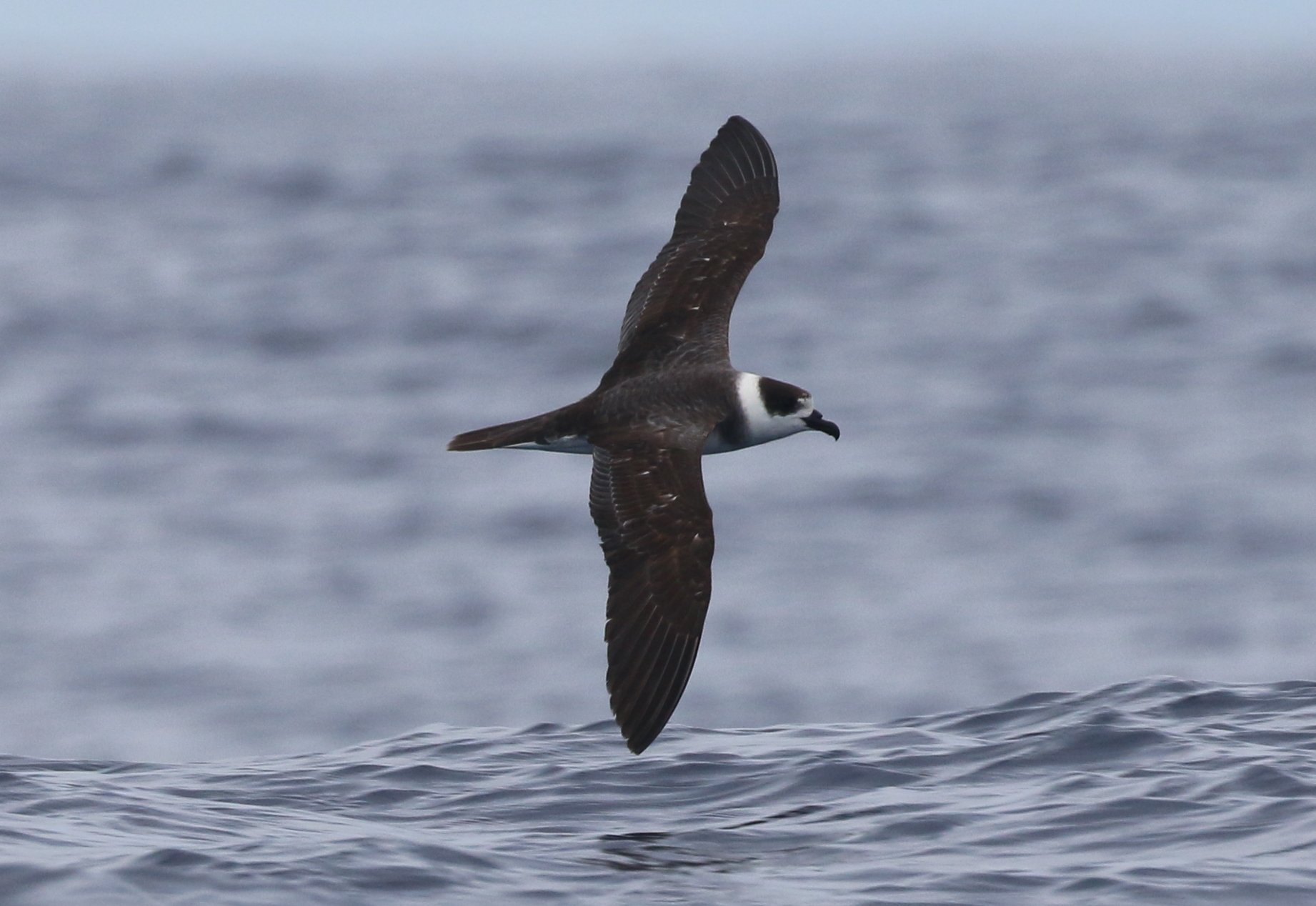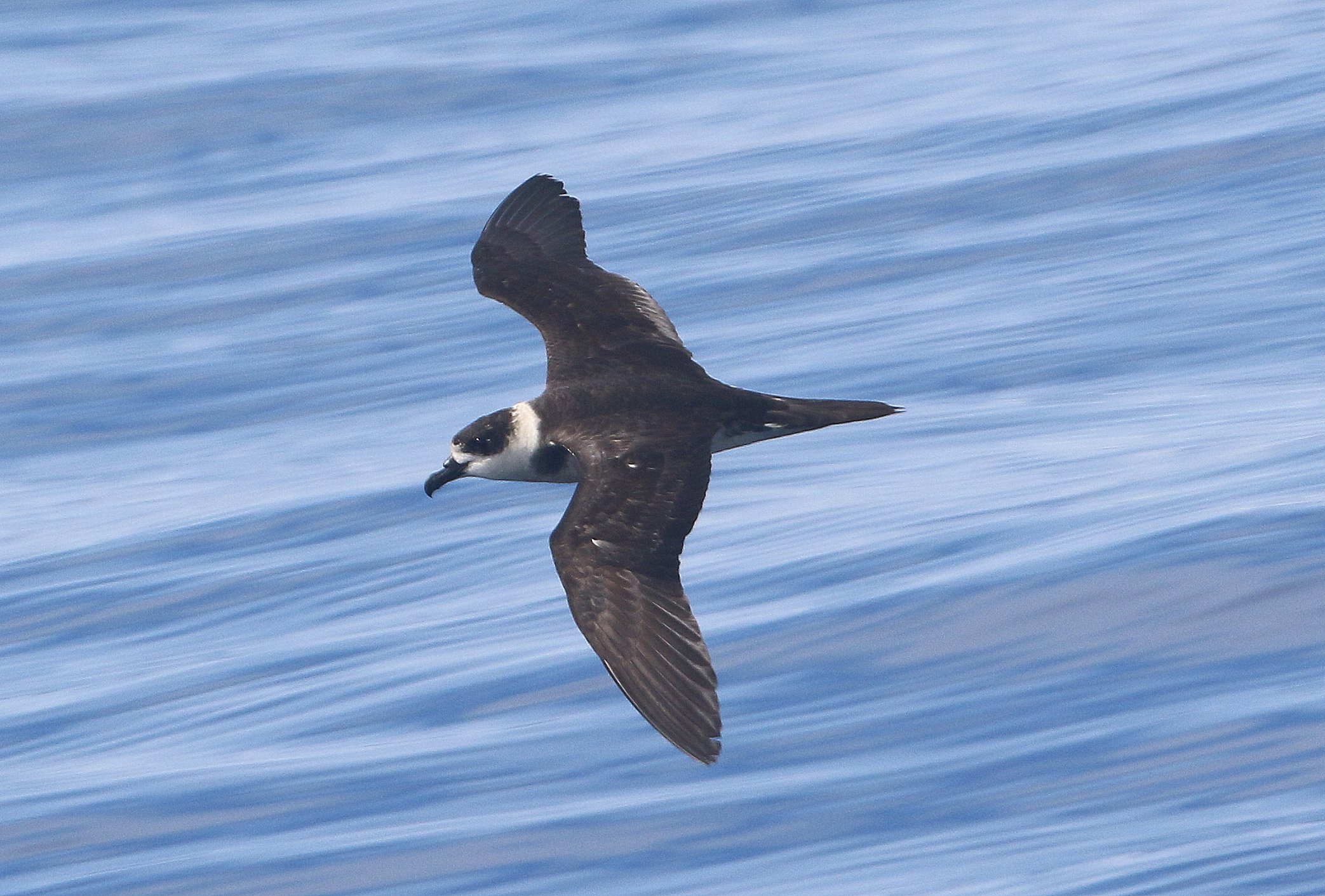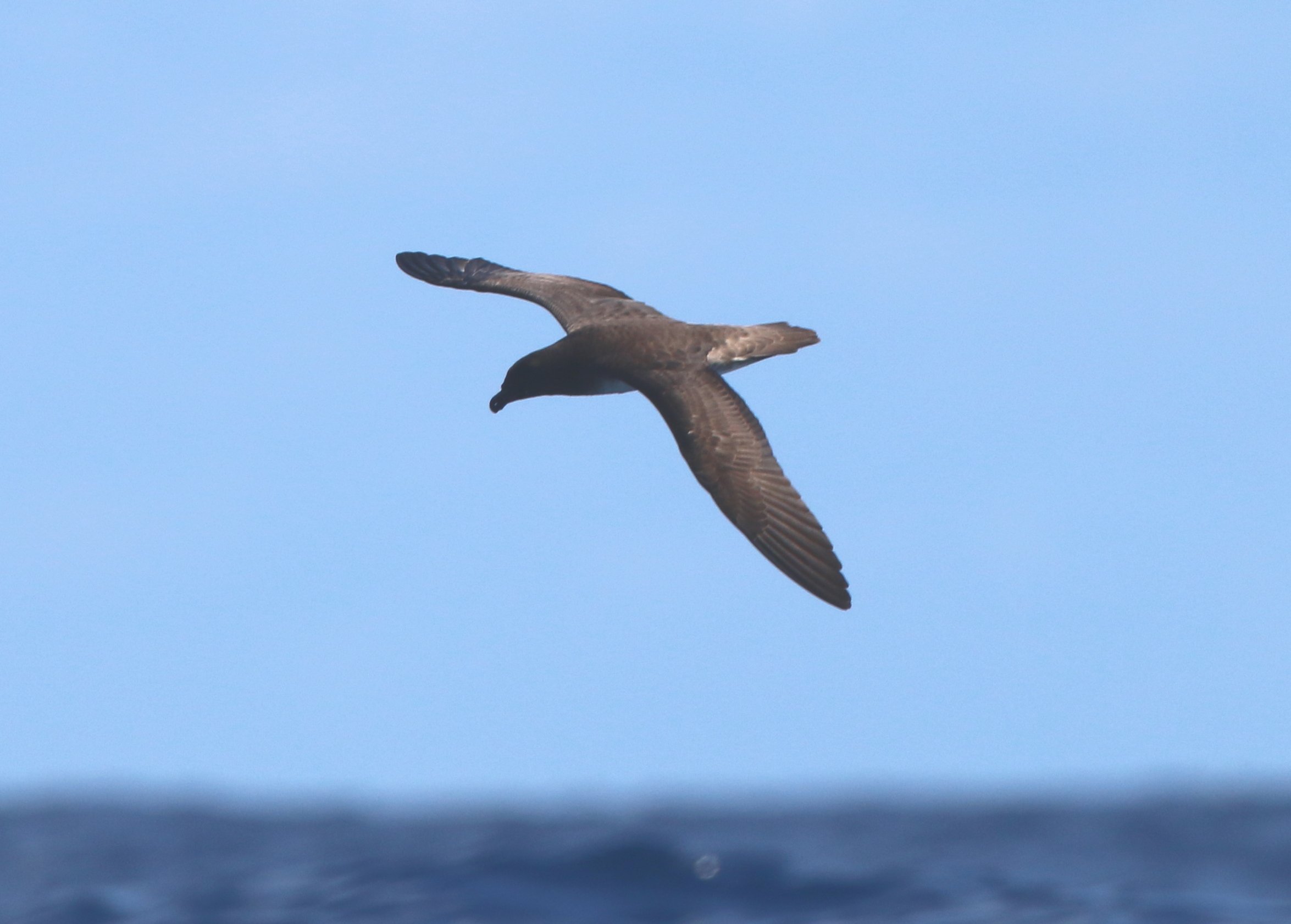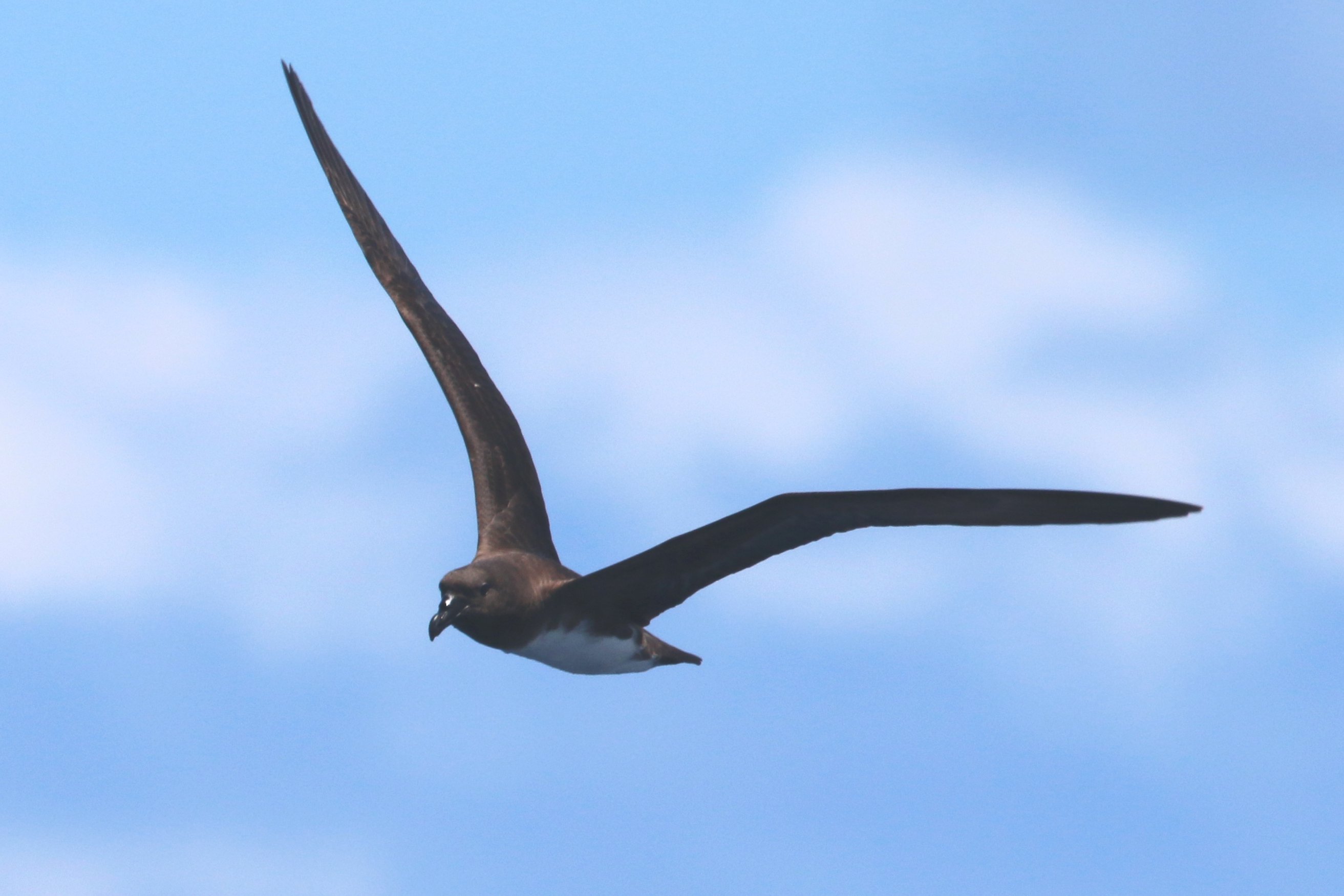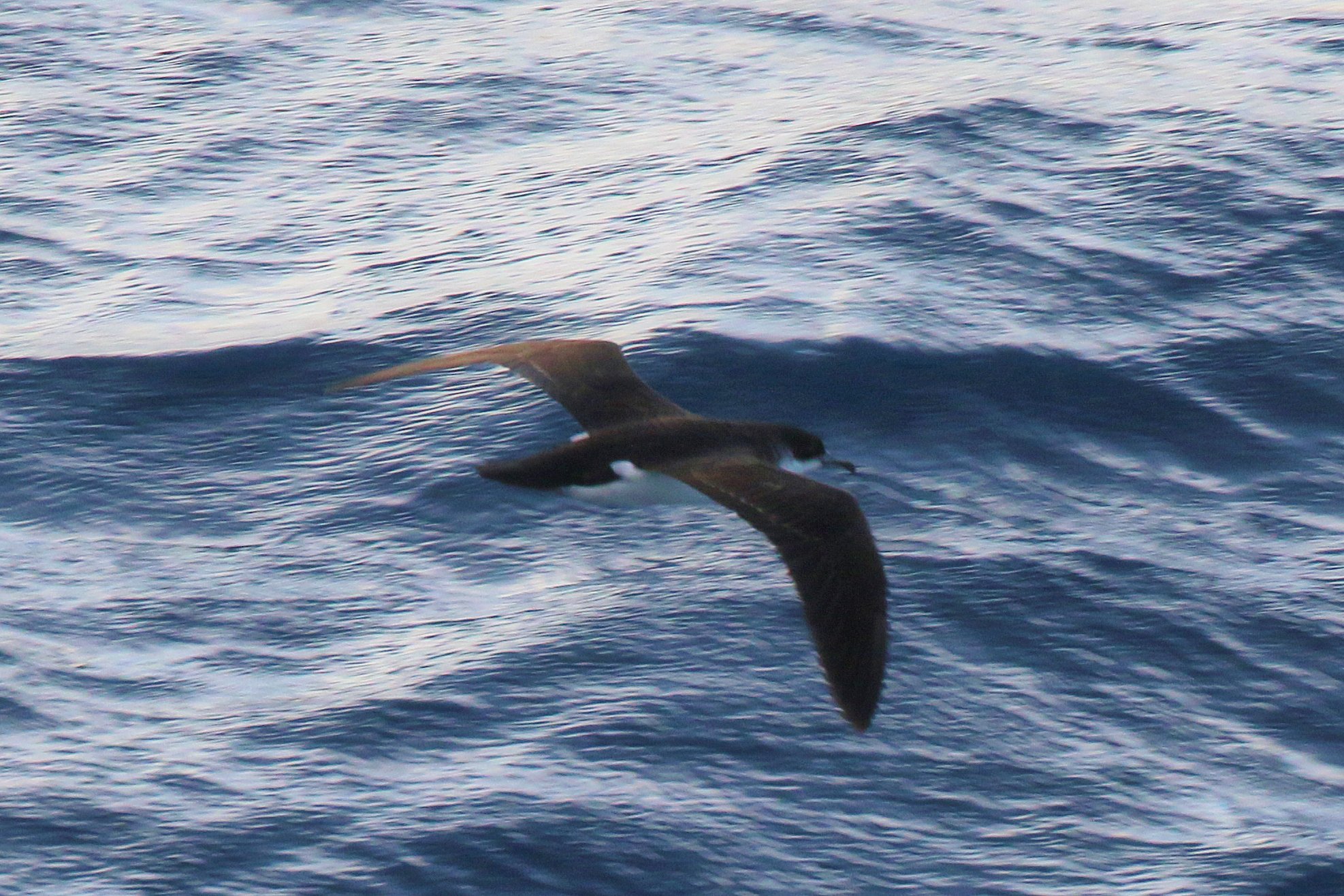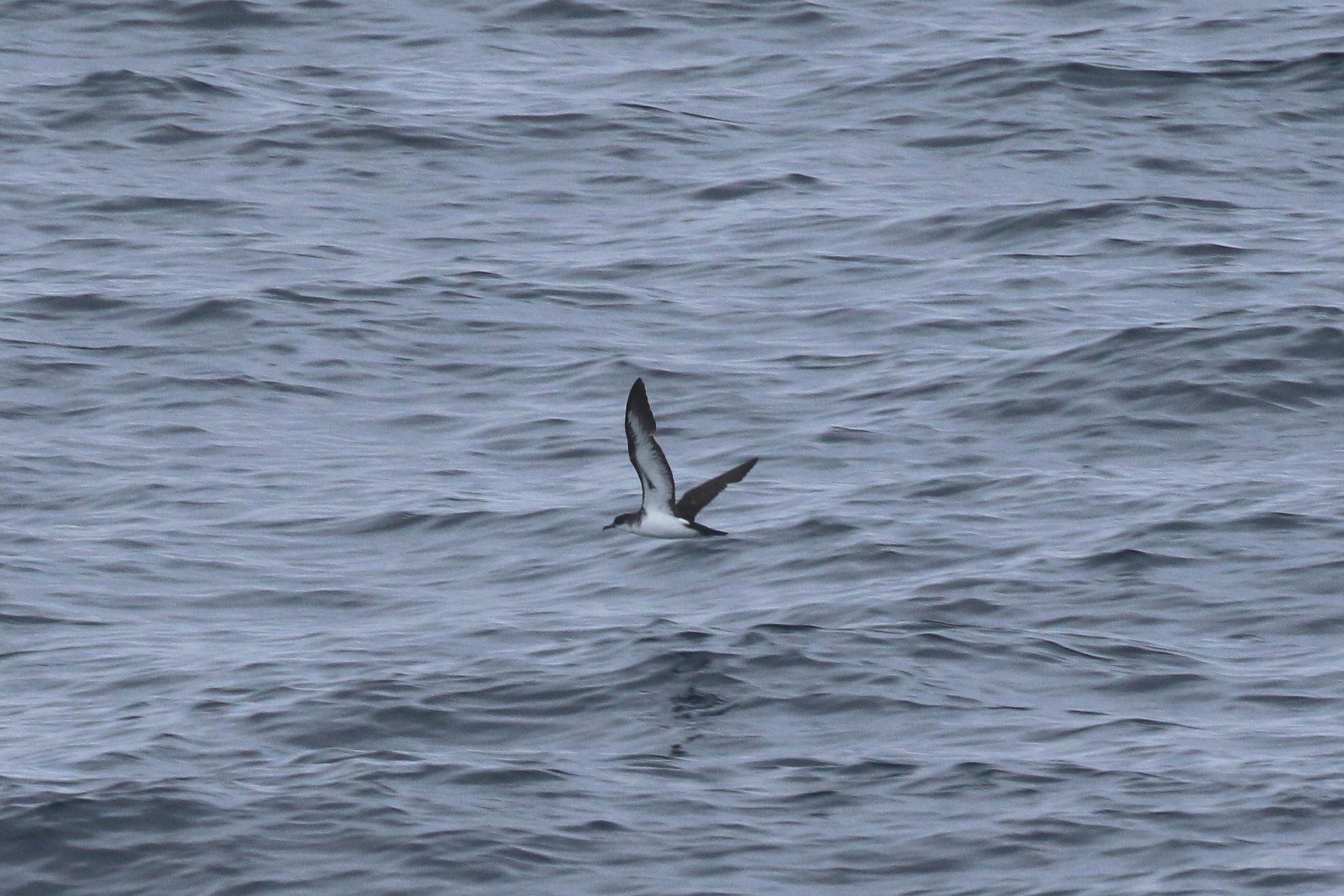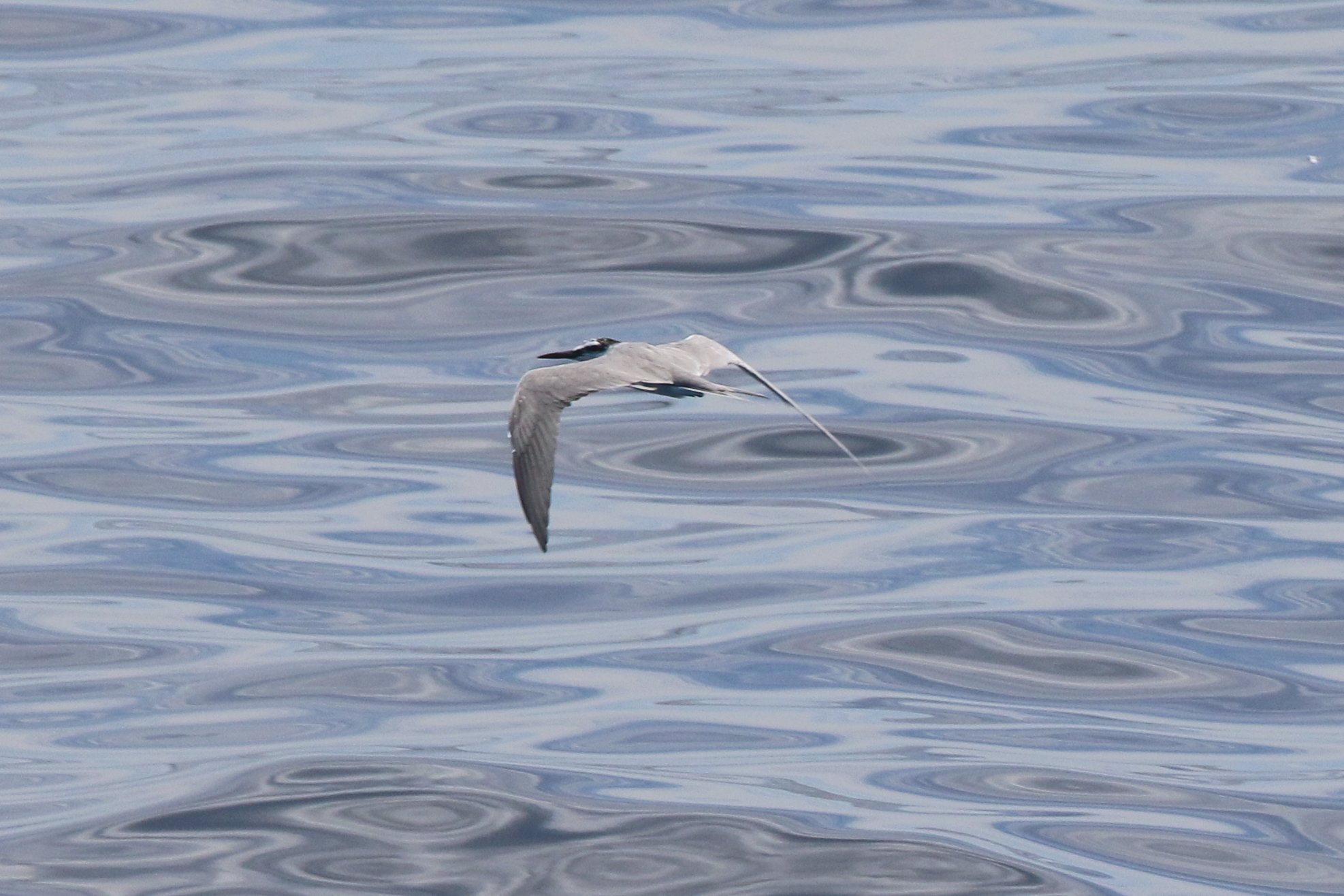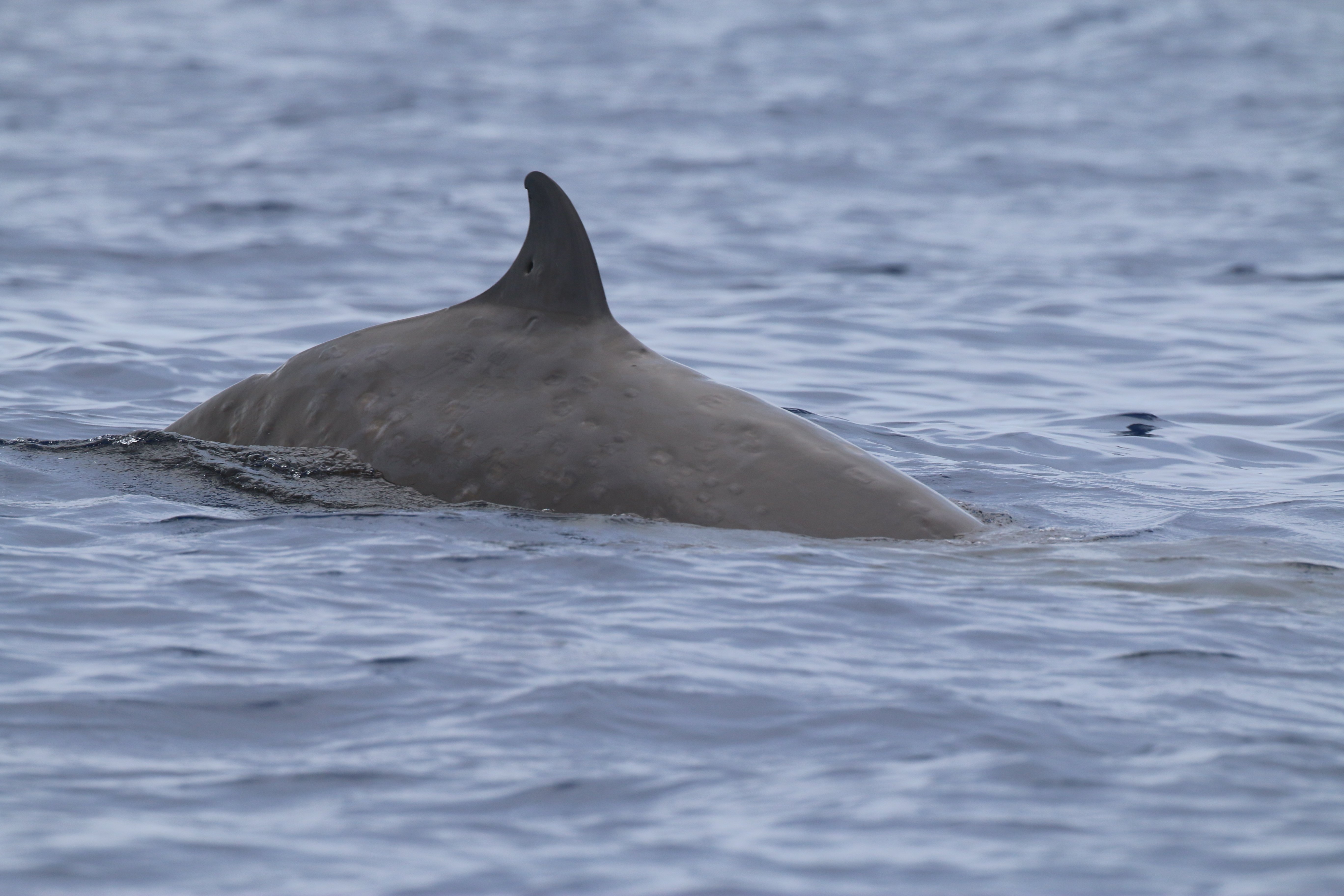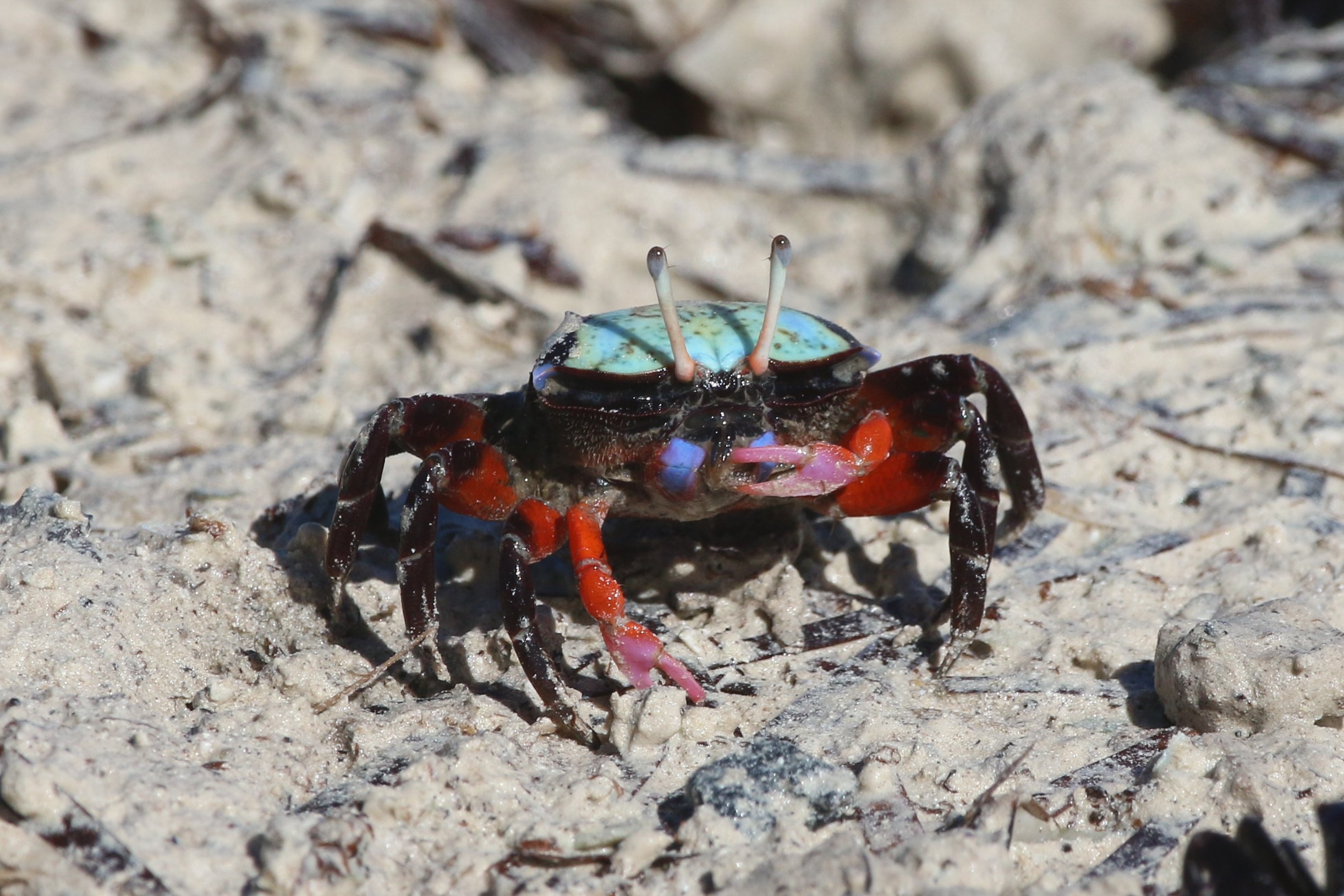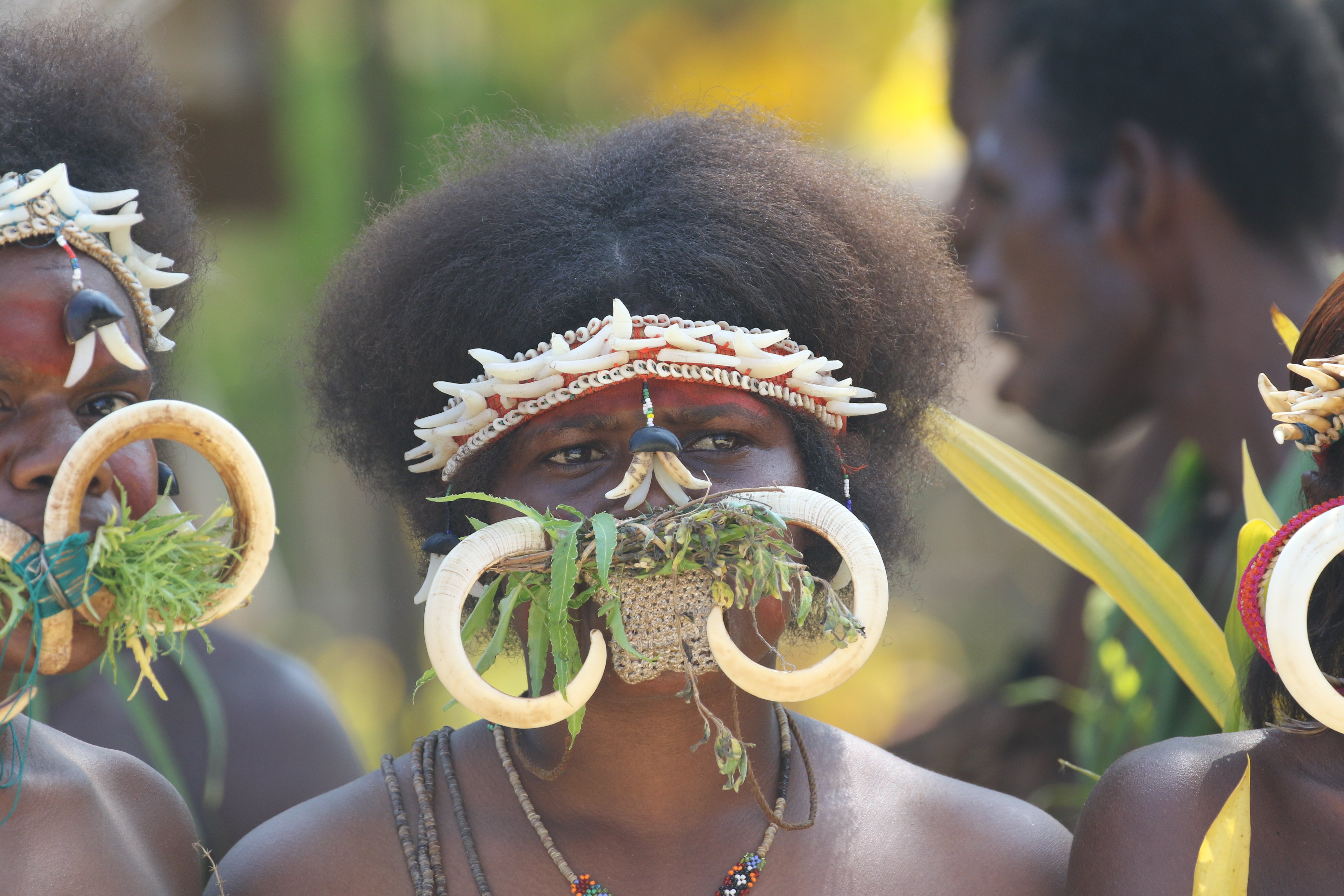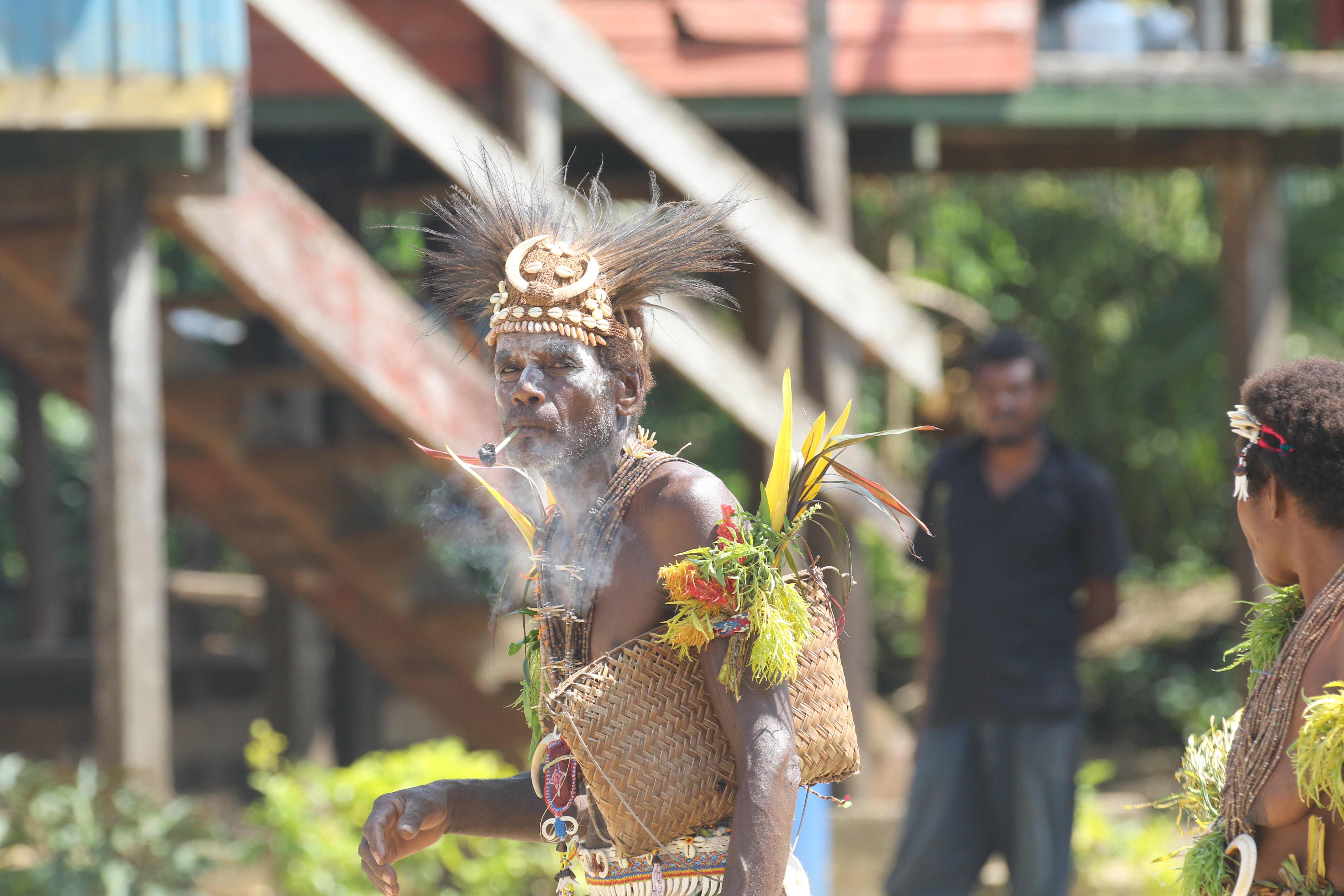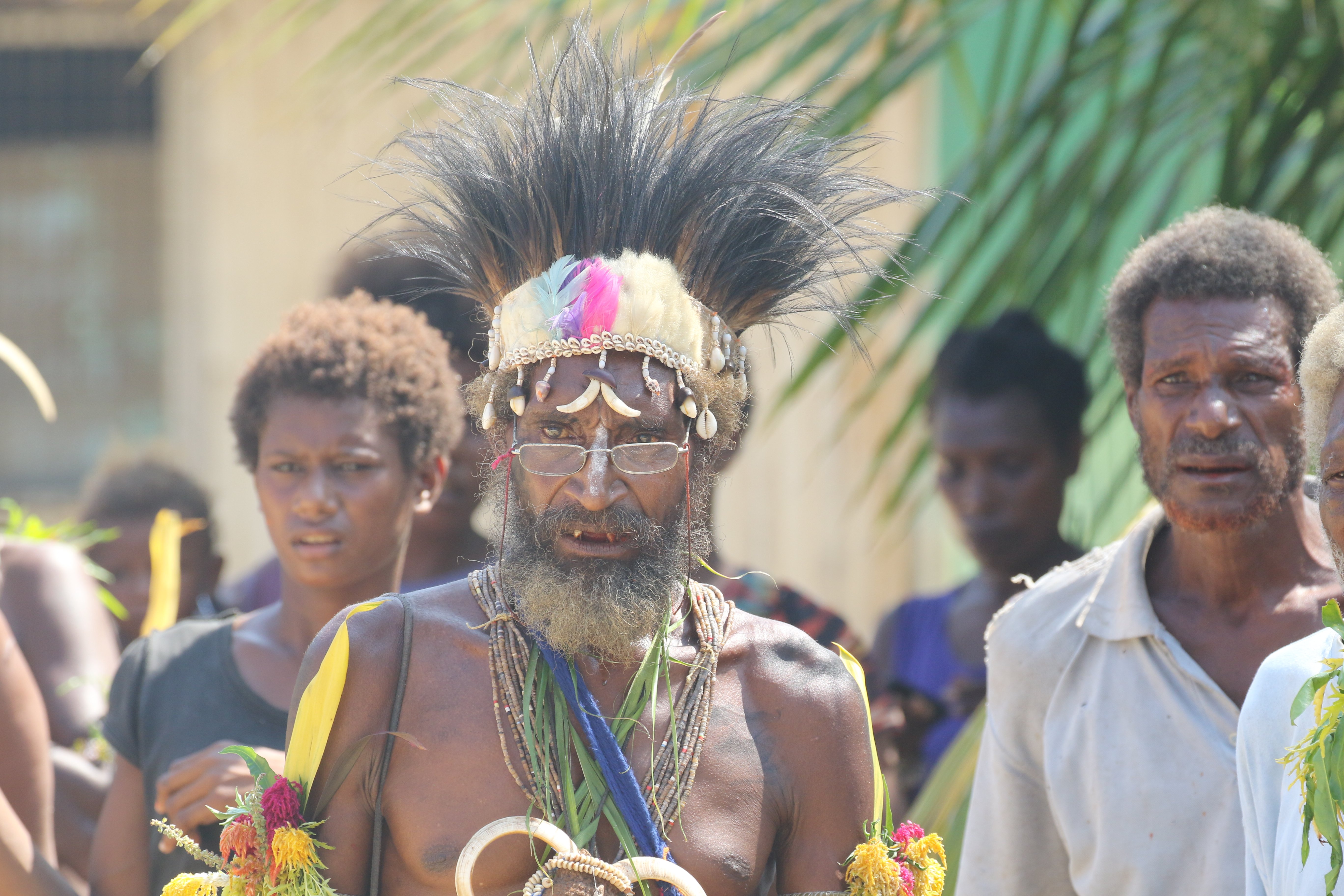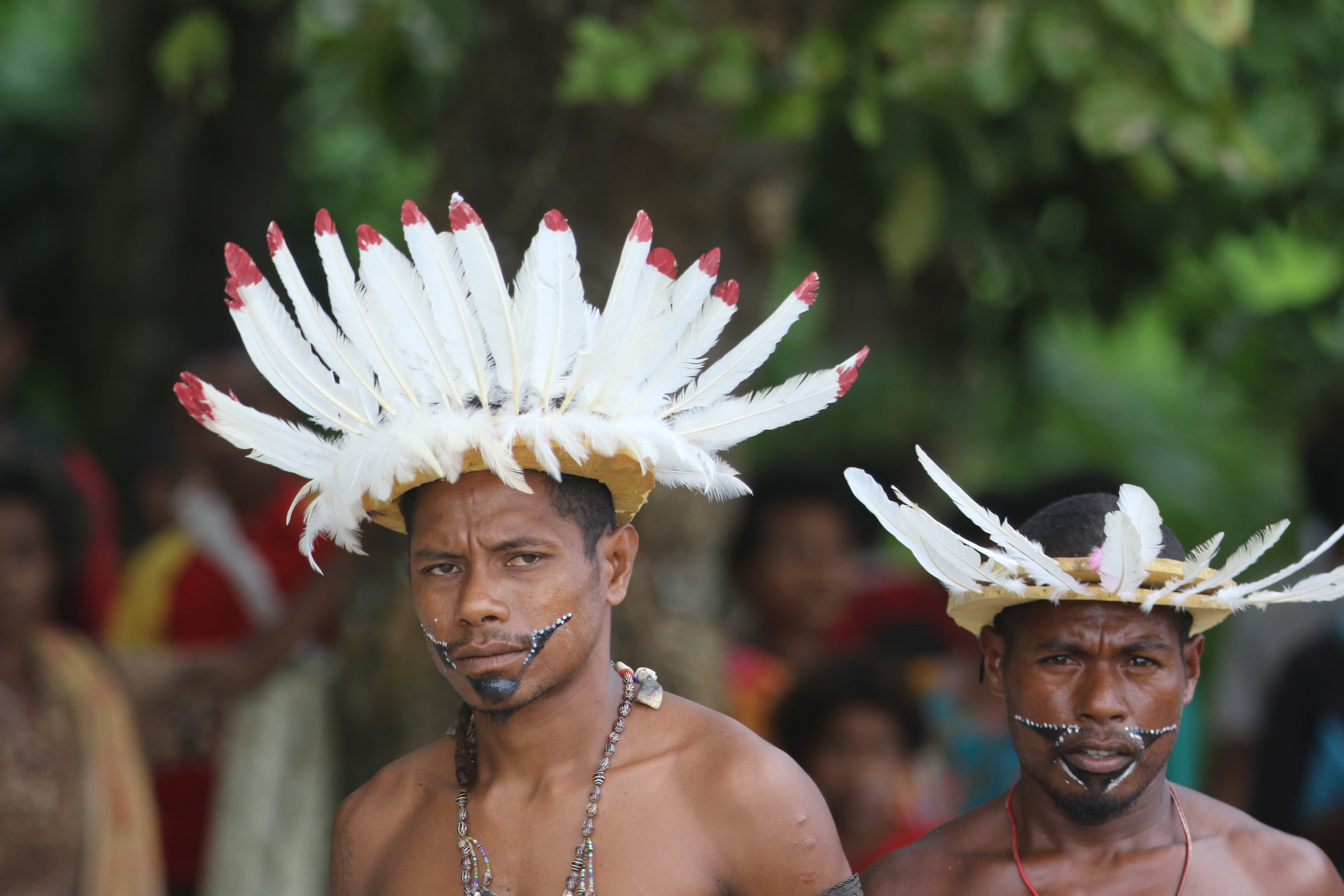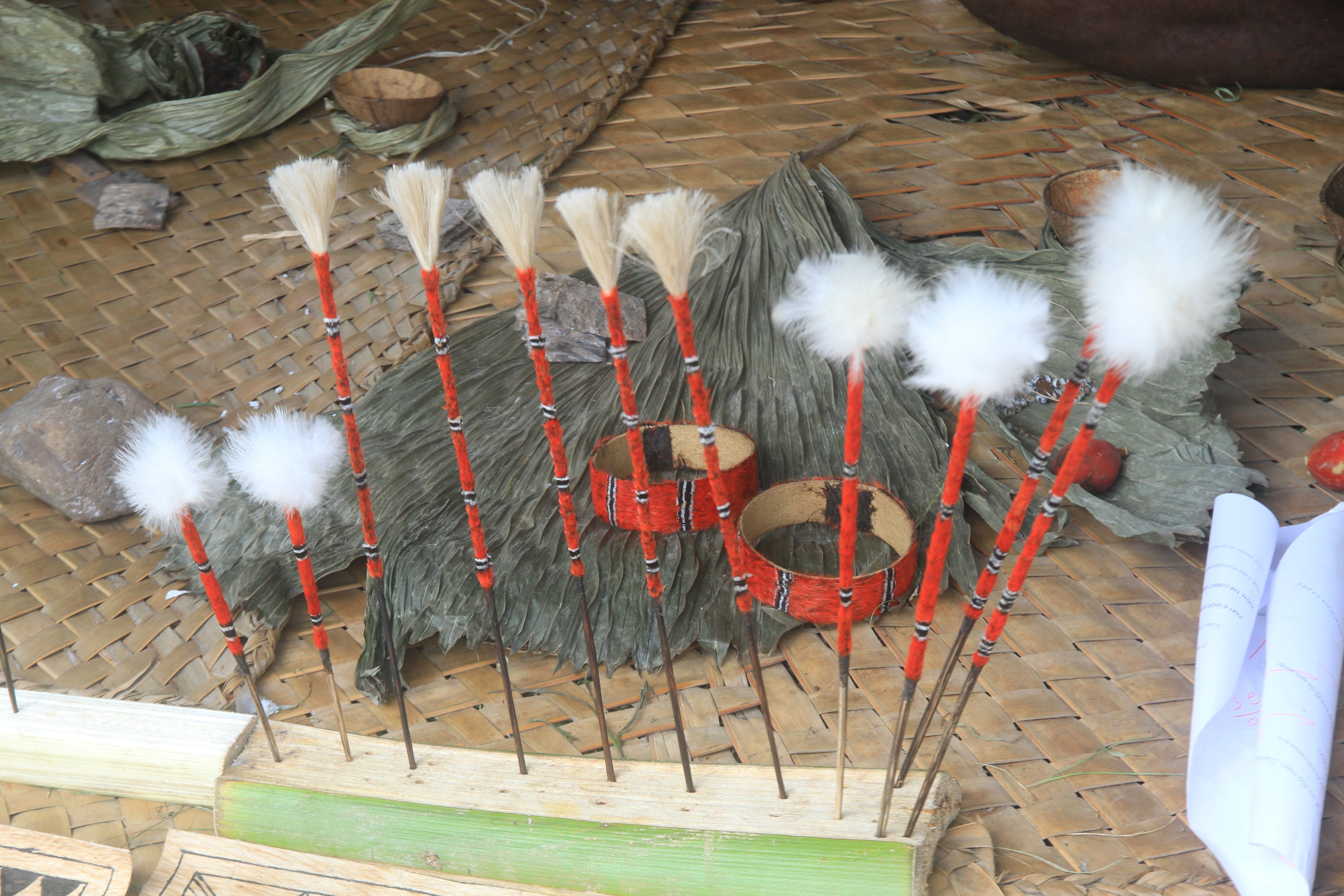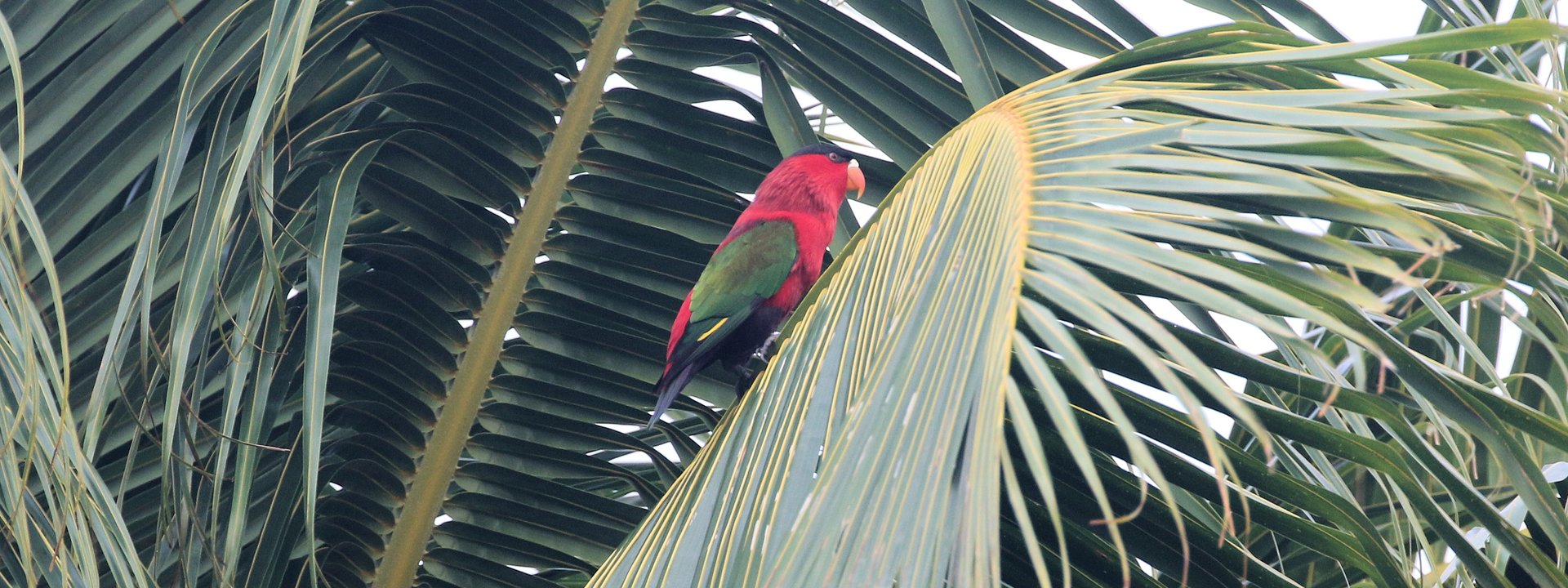Melanesian Islands Explorer
Papua New Guinea - Vanuatu
Explore rarely visited islands in Papua New Guinea, the Solomon Islands and Vanuatu for a stunning range of island endemics.
Stretching in an arc eastwards from Papua New Guinea, the islands of Melanesia are home to a multitude of special birds and on this relaxed-paced expedition cruise, there will be the opportunity to look for a fantastic range of endemic and localised bird species.
The trip starts with a short flight from Cairns, generally considered the gateway to Australia's amazing Great Barrier Reef, to Port Moresby, the capital of Papua New Guinea where the comfortable expedition ship Heritage Adventurer will be berthed.
Over the next sixteen days, the ship will sail eastwards providing the chance to visit remote New Guinea islands such as Tagula, D’Entrecasteaux and Bougainville which are home to endemics such as Tagula Butcherbird, Curl-crested Manucode (a highly localised Bird-of-Paradise) and Bougainville Monarch.
There will then be visits to five very different islands within the Solomon Islands which could potentially add at least another thirty regional endemics including Solomons Nightjar, White-headed Fruit-Dove, Solomons Cuckooshrike, Buff-headed Coucal, Solomons Cockatoo, Kolombangara Monarch and Makira Starling.
The trip then concludes with landings on three islands in Vanuatu where there are more specialities with chances for Vanuatu Megapode, Vanuatu Kingfisher, Melanesian Flycatcher, Vanuatu Streaked Fantail and Vanuatu White-eye.
With the voyage also offering the opportunity to snorkel on some simply stunning coral reefs, interact with friendly villagers on remote islands and learn about their lives, this cruise offers a perfect way to explore a part of the world which is packed with special birds and ordinarily extremely difficult to visit.
Tour Dates & Prices
Wed 30th October 2024
Fri 15th November 2024
- Contact Us
Tour Cost: 17 Days from £9250 excluding flights
The price quoted above is per person for the most basic (triple) cabin. Heritage Adventurer has a number of single cabins and the "single supplement" shown above is the difference between a twin and single cabin on Deck 5. Please click on the 'trip info' tab for prices for all cabins types.
What's Included?
- Landing fees
- one night's hotel accommodation in a twin share room (including dinner and breakfast)
- pre-voyage flight from Cairns to Port Moresby
- all on board accommodation with meals, house beer, wine and soft drinks with lunch and dinne
- shore excursions and activities.
Cost Excludes
All items of a personal nature such as laundry, other drinks, gratuities, flights, visas and insurance and the optional birding (£400) and kayaking programmes (£1,150) which will have their own dedicated guides and excursions. We anticipate that anyone booking with us will want to join the birding programme.
Notes
The voyage will be accompanied by a WildWings/Limosa tour leader subject to a minimum number of bookings (please see "group size" above for the number required). If this total is not achieved, there are always expert bird guides employed by Heritage Expeditions aboard the vessel who are there to assist everyone.
The Tour Cost is the amount you will pay WildWings.
Please note that for all expedition cruises, WildWings is acting as agent for the ship operator and you will need to sign up to their terms and conditions.
Tour Highlights
- 15 nights cruise on a comfortable expedition boat.
- Explore remote islands from Papua New Guinea to Vanuatu including rarely visited islands such as D'Entrecasteaux, Tagula, Bougainville, Nendo and Ambryn.
- Look for a spectacular range of regional endemics with the possibilities including Curl-crested Manucode (a very localised Bird-of-Paradise), Solomons Cockatoo, Tagula Butcherbird, Vanuatu Megapode and Vanuatu Kingfisher.
- Snorkel some amazing reef systems and enjoy a myriad of tropical fish.
- Meet villagers living in remote island communities and learn about their lives and customs.
Outline Itinerary
Cairns, Australia
Fly Cairns to Port Moresby, Papua New Guinea and board Heritage Adventurer
Louisiade Archipelago, Deboyne and Tagula Islands
D’Entrecasteaux Islands
Trobriand Islands
Woodlark (Muyua) Island
Bougainville Island
Kolombangara, New Georgia Islands, Solomon Islands
Tetepare Island and Marovi Lagoon
Malaita Island
Makira Island
Nendo Island
Torres Islands, Vanuatu
Espiritu Santo Island
Ambrym Island
Disembark in Port Vila, Vanuatu
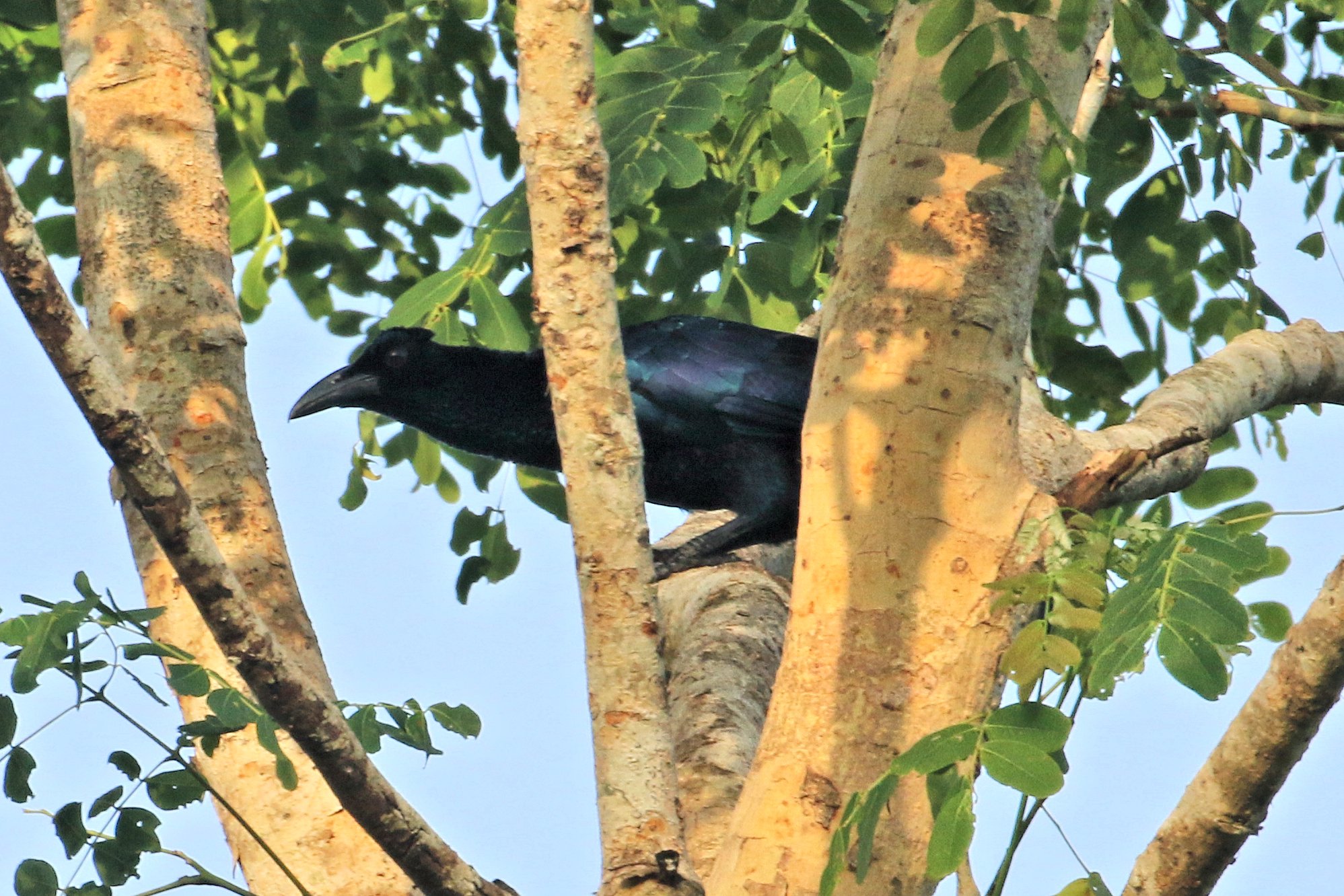
The islands of Melanesia stretch in a vast arc eastwards from Papua New Guinea to Vanuatu and on this 17-day expedition cruise, participants will travel over 4,000 kilometres journeying from Port Moresby, the capital of Papua New Guinea, to Port Vila, the capital of Vanuatu. Along the way, there will be daily landings providing an opportunity to explore remote islands, see an impressive list of regional endemics, snorkel on some simply stunning coral reefs and interact with friendly villagers living in isolated island communities.
The trip begins in Cairns, generally considered the gateway to Australia's amazing Great Barrier Reef, and after an overnight stay in a downtown hotel, the following morning there will be a short flight to Port Moresby where the comfortable expedition ship Heritage Adventurer will be berthed.
The next six days will be spent exploring a series of island groups as we begin our journey east with the first of these being the Louisiade Archipelago and Tagula Island. Many of the islands we will visit throughout the cruise see very few foreign tourists due to the remoteness of their location. This also means that many are home to good numbers of speciality birds with Tagula, for example, being the only place in the world where Tagula Honeyeater, Tagula Butcherbird, Tagula Shrikethrush, Tagula Manucode and Tagula White-eye can be seen.
We will also want to see what was previously regarded as the local subspecies of Collared Kingfisher when we are in the Louisiade Islands as this has now been split as Iset Kingfisher, making it one of the most range restricted kingfishers in the world.
After landings in the D’Entrecasteaux Islands where we will look for a highly localised bird-of-paradise, Curl-crested Manucode, the ship will visit the Trobriand Islands and then Woodlark Island before crossing the Solomons Sea to Bougainville, an island that athough politically is part of Papua New Guinea, from a biological perspective has much more in common with the Solomon Islands.
Until relatively recently, Bougainville was closed to outsiders (due to political problems), however, it is now a welcoming destination and home to another suite of speciality birds and those on the birding excursion will head up a paved road to explore some mid-elevation forest with excellent opportunities to find a range of localised species on an island that very few birders have had the opportunity to visit.
Whilst the habitat is somewhat degraded, nevertheless, there are a plenty of birds which we could see that are endemic to Bougainville and nearby islands and these include Bougainville Rail, Bougainville Monarch, Bougainville Bush Warbler, Bougainville Crow and Bougainville White-eye with other possibilities which include Blyth's Hornbill, Ultramarine Kingfisher, Meek's Lorikeet, Solomons Cuckooshrike, Solomons Rufous Fantail and Yellow-throated White-eye.
The next five days will be spent exploring the Solomon Islands from Kolombangara in the west to the remote island of Nendo in the extreme east of this nation which is made up of 900 islands of which about 150 are inhabited and we can expect to see another thirty or so endemics.
Starting on Kolombangara, there will be a trip into the hills to visit a reserve where we hope to find both Kolombangara and White-capped Monarchs and there is the possibility of seeing the elusive and highly localised Roviana Rail which was only described thirty years ago. Other species we could find here include Duchess and Meek’s Lorikeets, Pale Mountain Pigeon, Red-knobbed Imperial Pigeon, Solomons Cockatoo, Finsch's Pygmy Parrot, Blyth's Hornbill, Solomons Cuckooshrike and Crimson-rumped Myzomela, all of which have restricted ranges.
The following day, there will the chance to explore the community reserve on Tetepare Island where the highly localised Dark-eyed White-eye, which is endemic to Tetepare and the adjacent island of Rendova, can be found. Other possibilities here include Melanesian Scrubfowl, Claret-breasted Fruit Dove, Island Imperial Pigeon, Buff-headed Coucal and White-winged Fantail and if we are extremely fortunate, both Nicobar Pigeon and Solomons Nightjar with clients on the 2023 voyage having some reasonable views of the nightjar, a bird which remains very poorly known and rarely seen.
The next island up will be Malaita where new endemics could include Woodford's Rail, Chestnut-bellied Imperial Pigeon, Yellow-bibbed Lory, Steel-blue Flycatcher and Malaita White-eye before a landing the next day on Makira which is the most easterly of the large islands in the Solomon Islands. Once again, this is an island with new endemics and those which are endemic to Makira include White-headed Fruit-Dove, Sooty Myzomela, Makira Honeyeater and Makira Starling.
The final stop in the Solomon Islands will be on Nendo, a remote outpost which is closer to the northern islands of Vanuatu than Makira and once again, we will be going ashore on an island which is home to multiple species which are found nowhere else on earth with good chances of seeing two of these, Santa Cruz White-eye and Sanford's White-eye. We also stand a good chance of finding both Rusty-winged Starling and Temotu Whistler which are only found on Nendo and a handful of other remote islands and will also be on the look out for the recently split and very localised Santa Cruz Fantail.
Leaving the Solomon Islands, the ship will enter the waters of Vanuatu for the last three full days of the cruise with landings on Torres, Espirito Santo and Ambryn Islands. All of these are home to birds that will not have been encountered previously and on Espirito Santo, for example, there will be the opportunity to explore a conservation area where a great selection of specialities are possible. Those we could find include Vanuatu Megapode, Red-bellied Fruit-Dove, Tanna Fruit-Dove, Pacific Imperial Pigeon, Vanuatu Kingfisher, Buff-bellied Monarch, Melanesian Flycatcher, Melanesian Whistler, Vanuatu Streaked Fantail, South Melanesian Cuckooshrike and Vanuatu White-eye.
After 15 nights aboard, the cruise will end at the wharf in Port Vila, Vanuatu from where there will be a transfer to the international airport for flights home.
Please note: as outlined on the 'Trip Info' tab, the birding programme which is summarised above is not included in the cabin prices and there is a £400pp per person supplement.
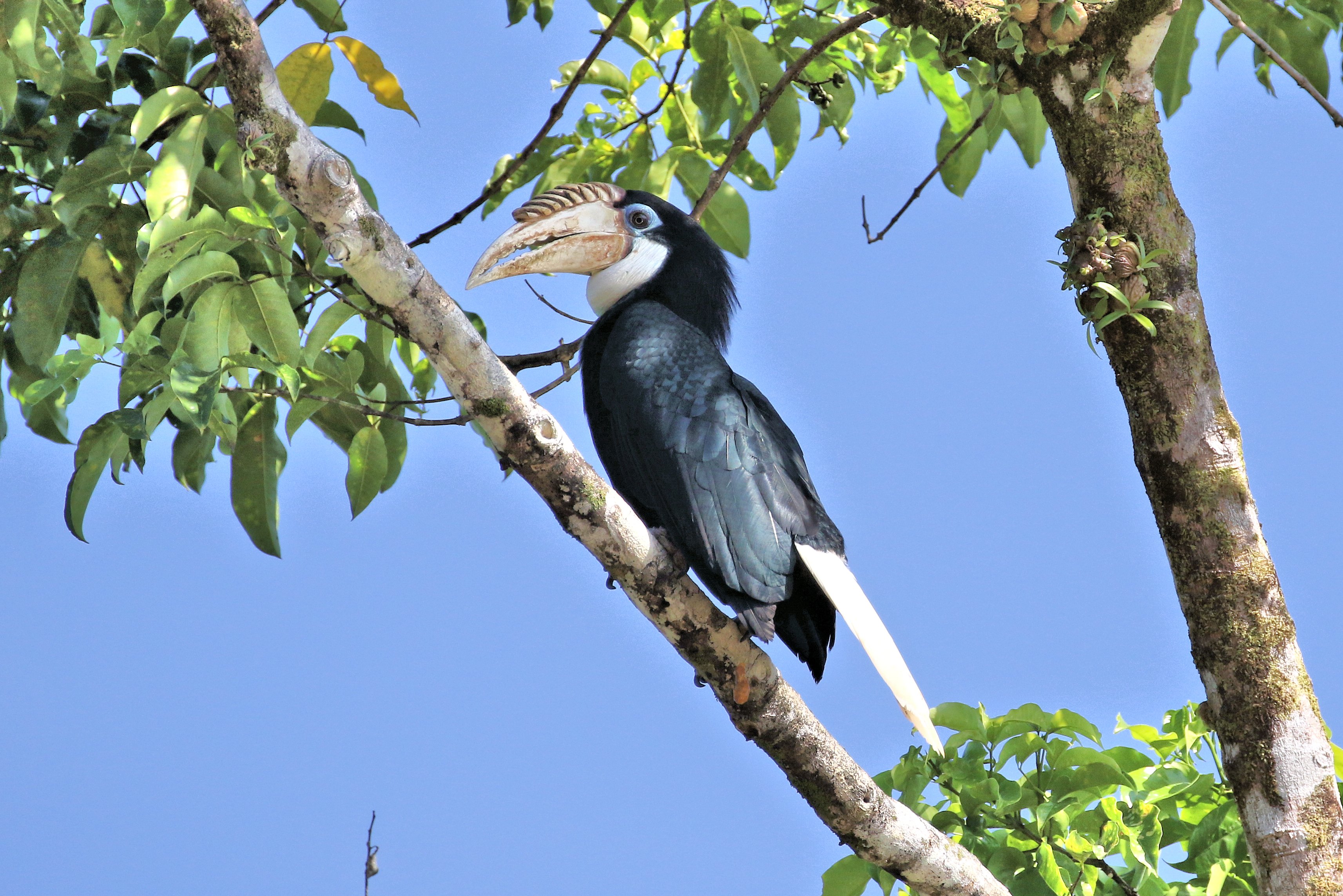
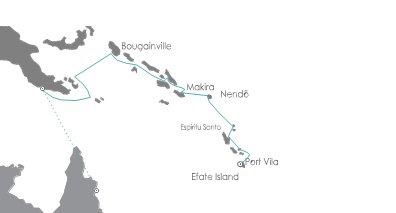
Day 1: Cairns, Australia
Arrive in the tropical paradise city of Cairns, gateway to the Great Barrier Reef and Wet Tropics World Heritage Rainforest. Transfer to your hotel for the first night of the expedition where you will have an opportunity to meet your fellow voyagers and expedition guides over dinner at the hotel.
Day 2: Cairns to Port Moresby, Papua New Guinea
After breakfast at the hotel, board your flight to Port Moresby, the bustling capital of Papua New Guinea. Enjoy a visit to the National Museum and Arts Centre, exhibiting one of the finest collections of primitive art in the world before boarding Heritage Adventurer in the afternoon.
The Captain and Expedition Team will be waiting to greet you on arrival. You will have time to settle in and familiarise yourself with the ship before an introductory meeting with your expedition team who will outline our voyage plans.
Days 3-4: Louisiade Archipelago, Deboyne and Tagula Islands
We will have a morning at sea which will provide an opportunity to look for seabirds with the possibility of seeing species such as Black Noddy, White and Great Crested Terns, Great and Lesser Frigatebirds, Tahiti Petrel and Wedge-tailed Shearwater.
We plan to arrive during the early afternoon (of day 3) in the Louisiade Archipelago which stretch for 400 kilometres along the northern rim of the Coral Sea and is one of the great island arcs of the South Pacific.
Due to their remote location, these islands are rarely visited by outsiders, however, there are literally hundreds of islands, lagoons, extensive barrier reefs and this will be an opportunity to look for the first special birds of the voyage.
Our first afternoon is likely to be an opportunity for snorkelling and exploring ashore on a small island within the archipelago where our introduction to the birds could include seeing species such as Amboyna Cuckoo-dove, Orange-fronted Fruit Dove and White-chinned Myzomela. With the recent splitting of Collared Kingfisher into multiple species, we will also need to make sure we see the kingfishers here as these are now regarded as a localised endemic, Islet Kingfisher.
On our second day in this region, we intend to visit Tagula Island, which is not only the largest island in the archipelago but also home to five endemic bird species: Tagula Honeyeater, Tagula Butcherbird, Tagula Shrikethrush, Tagula Manucode and Tagula White-eye.
The island is also home to a significant number of endemic subspecies and other localised birds and whilst many of these species remain poorly known (due to the infrequency of visits to the island), we hope to find some of them.
Day 5: D'Entrecasteaux Islands
We will awake in the volcanic island chain of D’Entrecasteaux where we plan to visit an impressive geothermal area where hot springs and bubbling mud pools are surrounded by lush vegetation. Here we will have the opportunity to look for a range of species which could include Pacific Baza, Papuan Black Myzomela, New Guinea Friarbird, Puff-backed Honeyeater, Spectacled Longbill and Black-faced Monarch.
Nearby, there will be an opportunity to snorkel over areas where the springs flow out through small vents in the ocean floor sending bubbles towards the surface. This has been described as like “swimming in champagne” and the incredibly clear waters are home to an abundance of fish and some spectacular corals.
During the afternoon, we plan to visit Dobu Island, a small island which is only four kilometres across and there will be an opportunity to explore and learn about the fascinating anthropology of the island. New birds here could include Variable Goshawk, Papuan Eclectus, Tawny Grassbird, Red-capped Flowerpecker and Papuan Black Myzomela. We also hope to find Curl-crested Manucode, a highly localised Bird-of-Paradise which is only found in the D’Entrecasteaux and Trobriand Islands.
Day 6: Trobriand Islands
Located in the Solomon Sea, the remote Trobriand Islands have picture postcard white sand beaches, colourful villages, aquamarine water and spectacular marine life. There will be an opportunity to meet some of the islanders, watch time-honoured dances and learn about the ‘Kula Ring’, a pattern of ceremonial trading relationships that bind the islands with eastern Papua New Guinea in a long-established network of friendship.
Those who wish will be able to snorkel over a kaleidoscope of coral reefs populated by Parrotfish, Neon Damsels and other brilliantly coloured species, whilst for those wanting to look for birds the possibilities include White-bibbed Fruit Dove, Torresian Imperial Pigeon, Beach Stone-curlew, Purple-bellied Lory and Black Sunbird.
Day 7: Woodlark (or Muyua) Island
The remote island of Muyua or Woodlark (the name coming from an Australian whaling ship which visited the island) is over 150 kilometres from the closest island of an equivalent size and retains extensive lowland forests, although sadly these remain under threat from international logging companies.
Given its relative isolation, it is believed that there are more than forty species which are endemic to the island including the endangered Woodlark Cuscus, seven endemic frogs, two endemic snakes and five endemic lizards.
Although no endemic birds are known from the island, we can still expect to see a range of specialities with the possibilities including Nicobar Pigeon, Superb Fruit Dove and Red-flanked Lorikeet. There will also be a further opportunity to look for the very localised Islet Kingfisher should we have failed to see this in the Louisiade Islands.
Day 8: Bougainville Island
Although politically Bougainville is part of Papua New Guinea, from a biological perspective it has more in common with the Solomon Islands and after being closed to outsiders for many years (due to political problems), the island is now a welcoming destination.
Those on the birding excursion will head up a paved road to explore some mid-elevation forest and whilst the habitat is somewhat degraded, it still offers some excellent opportunities to find a range of localised species on an island that very few birders have had the opportunity to visit.
There are a number of birds which are endemic to Bougainville and nearby islands which we could see and these include Bougainville Rail, Bougainville Monarch, Bougainville Bush Warbler, Bougainville Crow and Bougainville White-eye. Other possibilities include Blyth's Hornbill, Ultramarine Kingfisher, Meek's Lorikeet, Solomons Cuckooshrike, Solomons Rufous Fantail and Yellow-throated White-eye.
Day 9: Kolombagara Island, New Georgia Islands, Solomon Islands
The volcanic New Georgia Islands are found in the Western Province of the Solomon Islands and we plan to spend the morning on the island of Kolombangara and explore the mid-elevation forests of the Imbu Rano Conservation Area where there are excellent chances to see a range of birds we are unlikely to encounter elsewhere. We have decent chances to find both Kolombangara and White-capped Monarchs and there is also the possibility of the elusive and highly localised Roviana Rail which was only described thirty years ago.
Flowering and fruiting trees can also be excellent for Duchess and Meek’s Lorikeets and it is worth spending time at a viewpoint where both Pale Mountain Pigeon and Blyth's Hornbill can be seen with a degree of regularity as they fly across the valley below.
If we didn't find it on Bougainville, there should be more chances for Sanford's Sea-Eagle with Mackinlay's Cuckoo-Dove, Red-knobbed Imperial Pigeon, Buff-headed Coucal, Solomons Cockatoo, Finsch's Pygmy Parrot, Crimson-rumped Myzomela and Solomons Cuckooshrike amongst the other possibilities.
During the afternoon, there is likely to be the opportunity to snorkel the wreck of US Wildcat fighter from the Second World War and the surrounding reefs which have some of the highest fish counts in the world. There may also be the opportunity to explore a small island where we will hope to find some of the 'tramp' species which are only associated with the smaller islands with one of the possibilities being Island Monarch.
Day 10: Tetepare Island and Marovo Lagoon
Tetepare is a community run island reserve which like Kolombangara is located in the New Georgia Islands, however, being a lowland island, there will be a number of new Solomon endemics to look for including the highly localised Dark-eyed White-eye which is endemic to Tetepare and the adjacent island of Rendova.
Other possibilities include Melanesian Scrubfowl, Claret-breasted Fruit Dove, Island Imperial Pigeon, Buff-headed Coucal, Crimson-rumped Myzomela, White-winged Fantail and Kolombangara Monarch. If we are extremely fortunate, both Nicobar Pigeon and Solomons Nightjar are both present with clients on the 2023 voyage having some reasonable views of the nightjar, a bird which remains very poorly known and rarely seen.
The afternoon will concentrate on exploring Marovo Lagoon which is considered to be one of the largest saltwater lagoons in the world. There is a unique, double-barrier reef surrounding the extinct volcanoes of the main central islands with a light-filled cave system teeming with marine life.
For those not wanting to snorkel and enjoy the outstanding marine biodiversity and coral reefs, there should be an opportunity to explore the complex of estuarine and island habitats and mangrove forests of the area in a quest for more birds.
Day 11: Malaita
The mountainous island of Malaita in the central part of the Solomon Island is home to one-third of the country’s total population but despite this it has pristine rivers and unexploited tropical forests.
Using a flat-bed truck as transport, we plan to head inland to look for some of the specialities which can be found on the island with those seen in 2023 including Woodford's Rail, Chestnut-bellied Imperial Pigeon, Yellow-bibbed Lory, Solomons Cockatoo, Steel-blue Flycatcher, Malaita White-eye, Moustached Treeswift, Brown-winged, Singing, Metallic and White-eyed Starlings and the recently split Sahul Sunbird.
In the afternoon, there will be an opportunity to visit the ancestral lands of the Kwaio and learn about the way of life of a people who have fiercely guarded their traditions. This is one of the most authentic communities in this region and is likely to be of interest to all, however, there should be the chance for some opportunistic birding for those who wish to do so.
Day 12: Makira
Makira is the most easterly of the main islands in the Solomons archipelago and during the morning Heritage Adventurer will anchor in the calm waters of Star Harbour at the extreme eastern end of the island.
Here there will be the opportunity to use the ship's fleet of zodiacs to explore the abundant mangrove forests that line the shores and take a short walk where we can expect to find a number of species which are endemic to Makira with the possibilities including White-headed Fruit-Dove, Sooty Myzomela, Makira Honeyeater and Makira Starling. Other species we could find include Black Bittern, Melanesian Megapode, Island Imperial Pigeon, Eclectus Parrot, Yellow-bibbed Fruit-Dove, Yellow-bibbed Lory, Duchess Lorikeet, Pacific Kingfisher, Chestnut-bellied Monarch (sometimes split as Makira Monarch), Solomons Rufous Fantail, Cardinal Myzomela and Metallic Starling.
Day 13: Nendo, Temotu Province, Solomon Islands
Nendö is the largest of the Santa Cruz Islands, which lie to the south-east of the main group of islands in the Solomon Islands and our primary goal will be to find Santa Cruz White-eye and Sanford's White-eye both of which are endemic to the island and not uncommon. We also stand a good chance of finding both Rusty-winged Starling and Temotu Whistler which are only found on Nendo and a handful of other remote islands.
We will also want to be looking and listening out for the extremely poorly known Santa Cruz Shrikebill which the local people are undoubtedly familiar with even though there are considered to be no recent records of this species. We also hope to find the recently split and very localised Santa Cruz Fantail which was previously regarded as a subspecies of Rufous Fantail.
Other possibilities include Mackinlay's Cuckoo-Dove, Pacific Emerald Dove, Red-bellied Fruit-Dove, Pacific Imperial Pigeon, Coconut Lorikeet, Pacific Kingfisher, Cardinal Myzomela and Polynesian Triller.
Day 14: Torres Islands, Vanuatu
During the night the ship will head south for the rarely-visited Torres Islands which are Vanuatu’s northernmost islands. There are four main islets fringed with white sand beaches, clear azure waters, volcanic rock and cliffs topped with lush tangled jungles and our intended destination is the largely uninhabited Loh Island which is less than seven kilometres long.
After a warrior escort and welcome from the Chief, we will experience the rarely witnessed cultural wonder of the lēh-temēt, where vibrant ritual headdresses known as temēt (primordial spirits) are used during special singing and dancing ceremonial rituals. The colourful headdresses are regarded by the villagers as having the highest of supernatural powers and after this unique welcome ceremony we will have time to explore.
There will be an opportunity to enjoy a tour of the village and surrounding island, snorkel Loh’s incredible underwater world or look for birds with the species seen in 2023 including Vanuatu Megapode, Red-bellied Fruit-Dove, Pacific Imperial Pigeon, Coconut Lorikeet, Pacific Kingfisher, Satin Swiftlet, Cardinal Myzomela and Long-tailed Triller.
Day 15: Espiritu Santo
Today we plan to explore Vanuatu’s largest Island, Espiritu Santo and plan to explore a conservation area on the eastern side of the island. A great selection of specialities are possible here including Vanuatu Megapode, Red-bellied Fruit-Dove, Tanna Fruit-Dove, Pacific Imperial Pigeon, Vanuatu Kingfisher, Buff-bellied Monarch, Melanesian Flycatcher, Melanesian Whistler, Vanuatu Streaked Fantail, South Melanesian Cuckooshrike and Vanuatu White-eye.
During the afternoon, there will be several options including a visit to the "Blue Holes of Santo", natural freshwater springs where the meandering streams that emerge are an incredible colour.
Day 16: Ambrym
The final island of this epic voyage is Ambryn, a modest sized volcanic island to the southeast of Espirito Santo.
It will be well worth being out on deck on the approach as this will be the last chance to look for seabirds with the the possibilities include Streaked, Wedge-tailed and Melanesian Shearwaters as well as Sooty Terns.
We plan to land at Ranon on the northern coast where traditional dances are still practiced and there will be the opportunity to watch masked dancers in a 'forest arena'.
There will also be a opportunity to go in search of island specialities with Vanuatu White-eye, Grey-cheeked Honeyeater, Satin Swiftlet, Pacific Kingfisher and Red-bellied Fruit-Dove amongst the possibilities.
The cruise activities will conclude with a final opportunity to go snorkelling or further birding for those who wish.
Day 17: Port Vila, Vanuatu
Heritage Adventurer will arrive at Port Vila in the morning with disembarkation taking place after breakfast. There will be a transfer to a central city hotel or the airport to conclude your voyage. To allow time for disembarkation procedures we do not recommend booking flights from Port Vila before midday.
Please note: All itineraries are subject to weather, local conditions and final approval by the relevant authorities. As outlined on the 'Trip Info' tab, there is a £400 charge in addition to the cabin prices to join the dedicated birding excursions. The numbers of participants will be restricted, there will be a dedicated guide and specific excursions will not be open to other cruise participants.
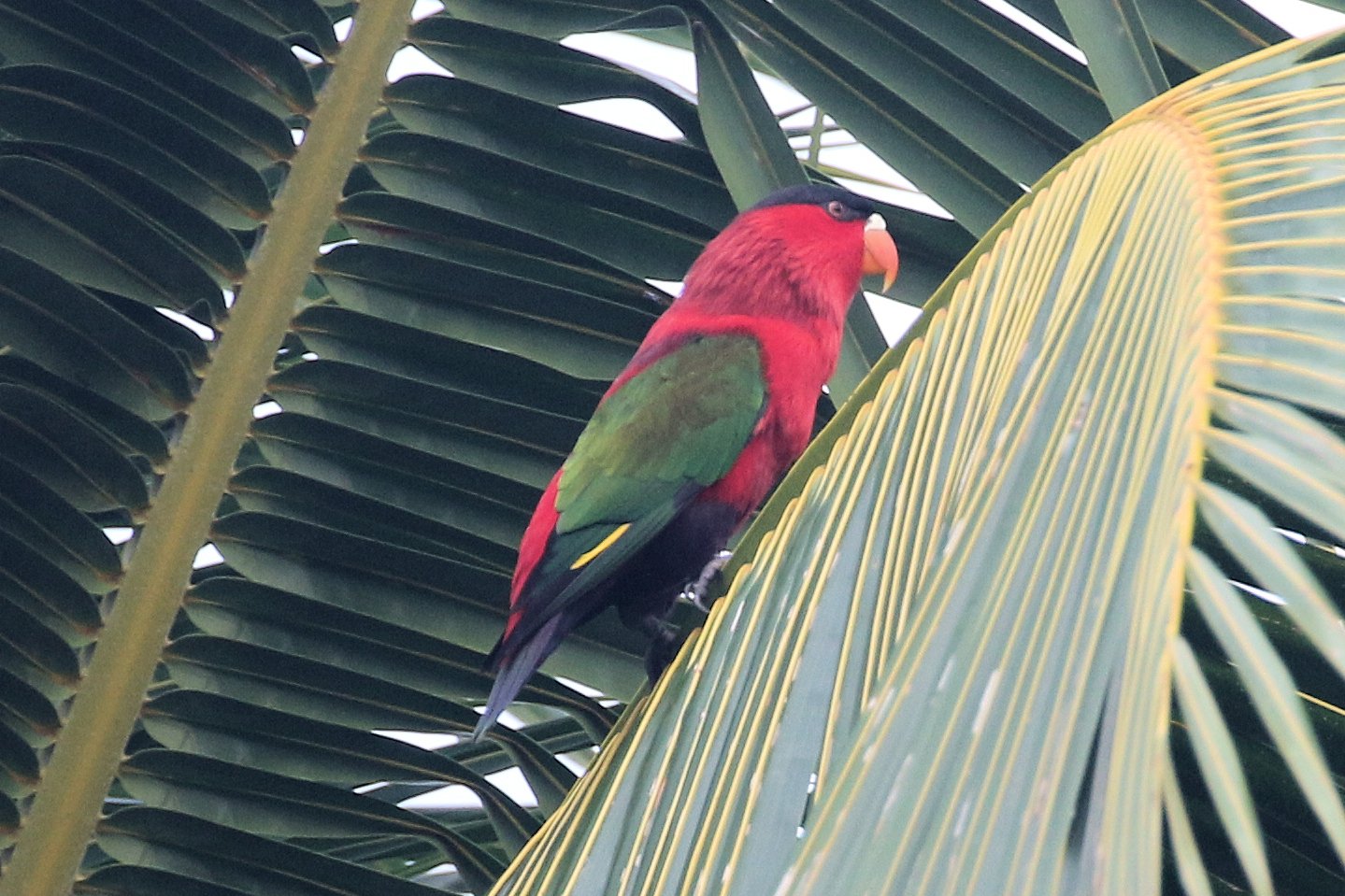
THE SHIP
Heritage Adventurer is a purpose built expedition ship (which was previously known as Hanseatic and Resolute) which offers extremely comfortable cabins and passenger facilities and is so smooth that on flat seadays, it is possible to use a telescope to look for seabirds.
Originally designed to accommodate 184 guests, Heritage Adventurer will carry a maximum of 140 expeditioners ensuring spacious, stylish and comfortable voyages.
CABINS OPTIONS AND PRICES
Main Deck Triple - £9,250 per person
Main Deck Triple Cabins on Deck 3 are a spacious 22m² and feature two porthole windows, two single beds and one Pullman bed which folds down from the wall, comfortable lounge, writing desk, private ensuite with shower, ample storage, and a flat screen entertainment system.
Superior Triple - £9,750 per person
Superior Triple Cabins on Deck 5 are a spacious 22m² and feature large panoramic windows, two single beds and one Pullman bed which folds down from the wall, comfortable lounge, writing desk, private ensuite with shower, ample storage, and a flat screen entertainment system.
Deck 4 Superior - £10,750 per person
Superior Cabins on Deck 4 are a spacious 22m² and feature large panoramic windows, king or two single beds, comfortable lounge, writing desk, private ensuite with shower, ample storage, and a flat screen entertainment system.
Deck 5 Superior - £11,500 per person
Superior Cabins on Deck 5 are a spacious 22m² and feature large panoramic windows, king or two single beds, comfortable lounge, writing desk, private ensuite with shower, ample storage, and a flat screen entertainment system.
Main Deck Single - £14,450 per person
Main Deck Single Cabins on Deck 3 are a spacious 22m² and feature two porthole windows, king bed, comfortable lounge, writing desk, private ensuite with shower, ample storage, and a flat screen entertainment system.
Superior Single - £14,790 per person
Superior Single Cabins on Deck 5 are a spacious 22m² and feature large panoramic windows, king bed, comfortable lounge, writing desk, private ensuite with shower, ample storage, and a flat screen entertainment system.
Worsley Suite - £14,790 per person
Located on Deck 6, Worsley Suites are a spacious 22m² and feature large panoramic windows, king or two single beds, comfortable chaise-style lounge suite, writing desk, private ensuite with shower, ample storage and a flat screen entertainment system.
Heritage Suite - £20,000 per person
Located on Deck 6, Heritage Suites are an expansive 44m² and feature large double panoramic windows, king bed, large living area with a sofa, coffee table and chairs and grand marble bathroom with a double basin, bathtub and shower, large writing desk, floor to ceiling cabinetry for storage and a flat screen entertainment system.
Please note: the above prices are per person and include landing fees, one night hotel accommodation in a twin share room (including dinner and breakfast), pre-voyage flight from Cairns to Port Moresby, all on board accommodation with meals, house beer, wine and soft drinks with lunch and dinner and all shore excursions and activities.
The price excludes all items of a personal nature such as laundry, other drinks, gratuities, flights, visas and insurance and the optional birding (GB£400) and kayaking programmes (£1,150) which will have their own dedicated guides and excursions. We anticipate that anyone booking with us will want to join the birding programme.
Tour Gallery
View a gallery of images for this tour below, click on an image to view as full size with caption
